Hiking the Lycian Way, Turkey - Day 8 - Inişdibi to the ruins of Istlada and on to Myra, the best Lycian ruins on our trail and the home of Santa Claus
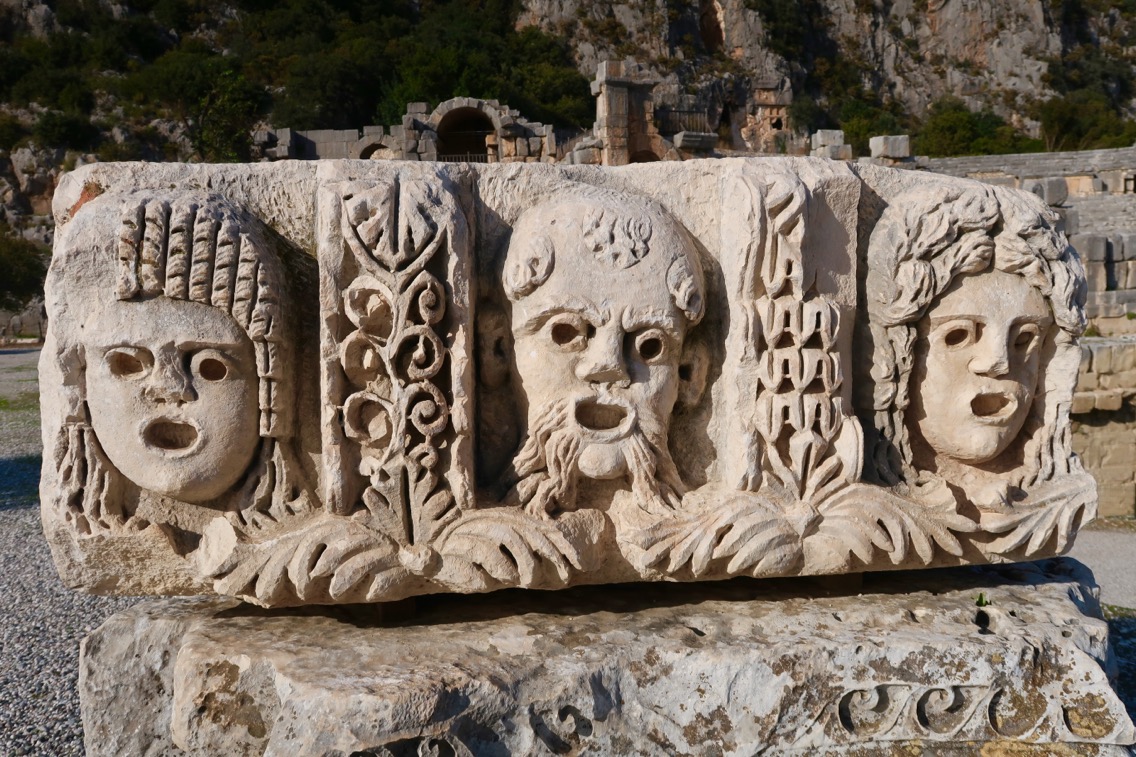
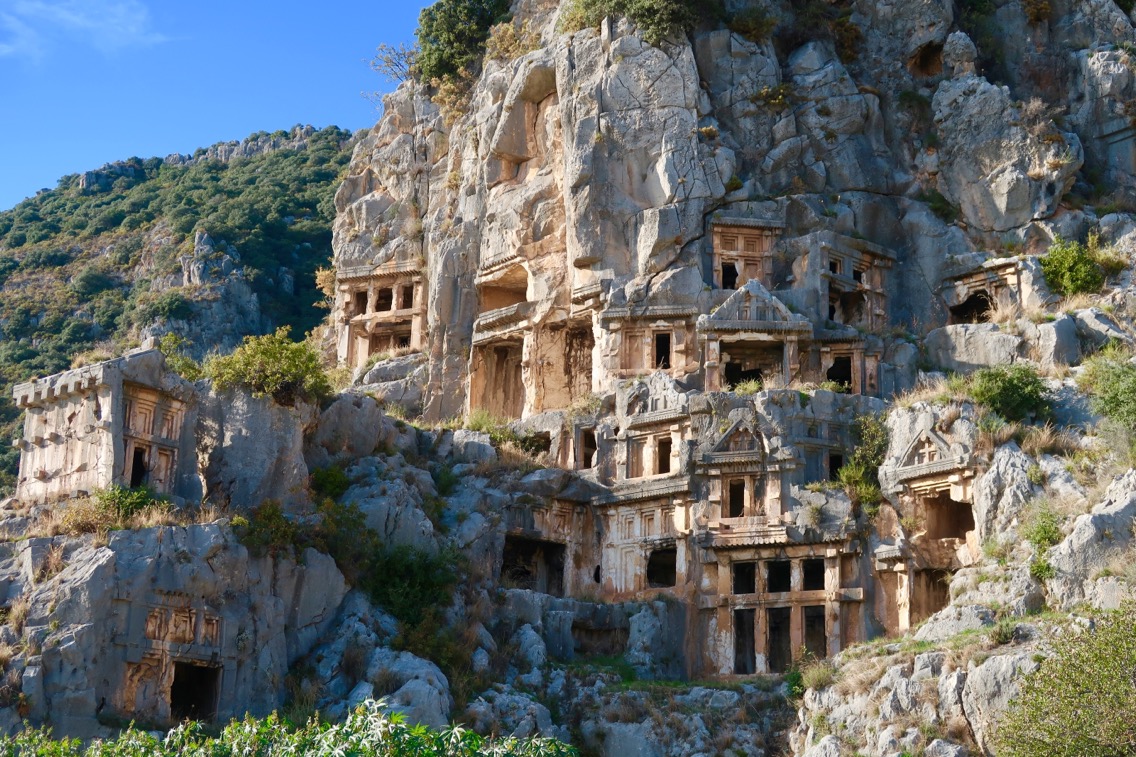
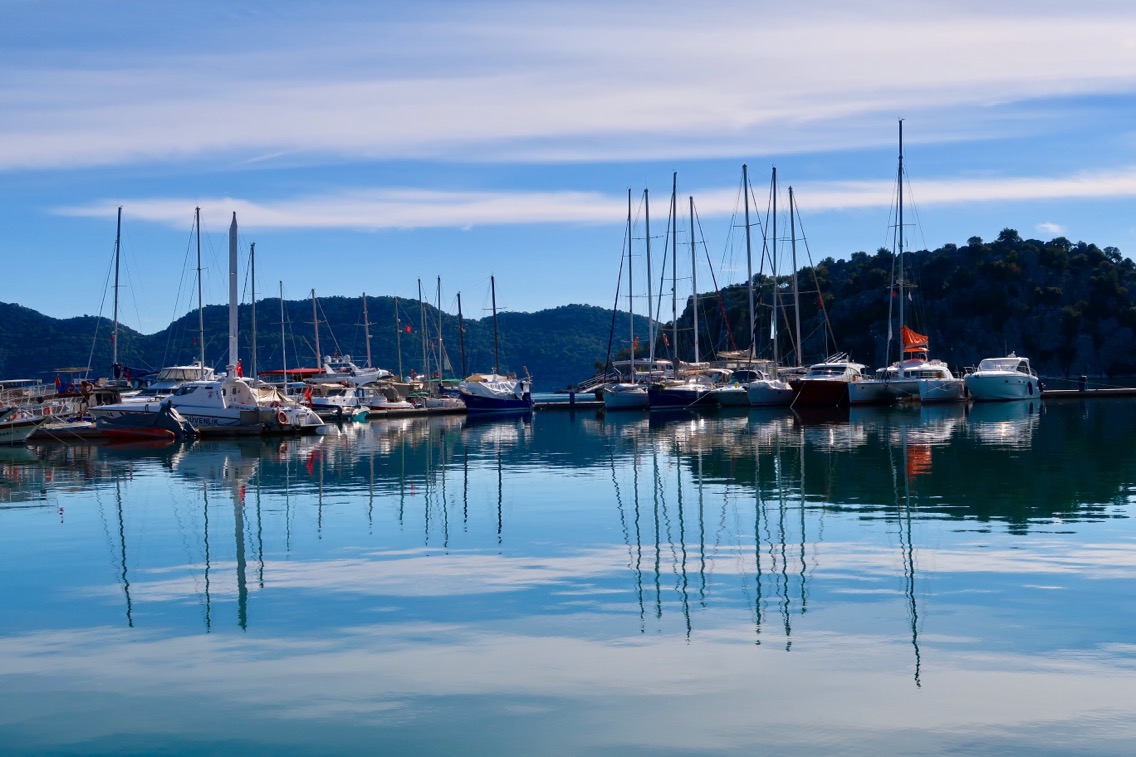

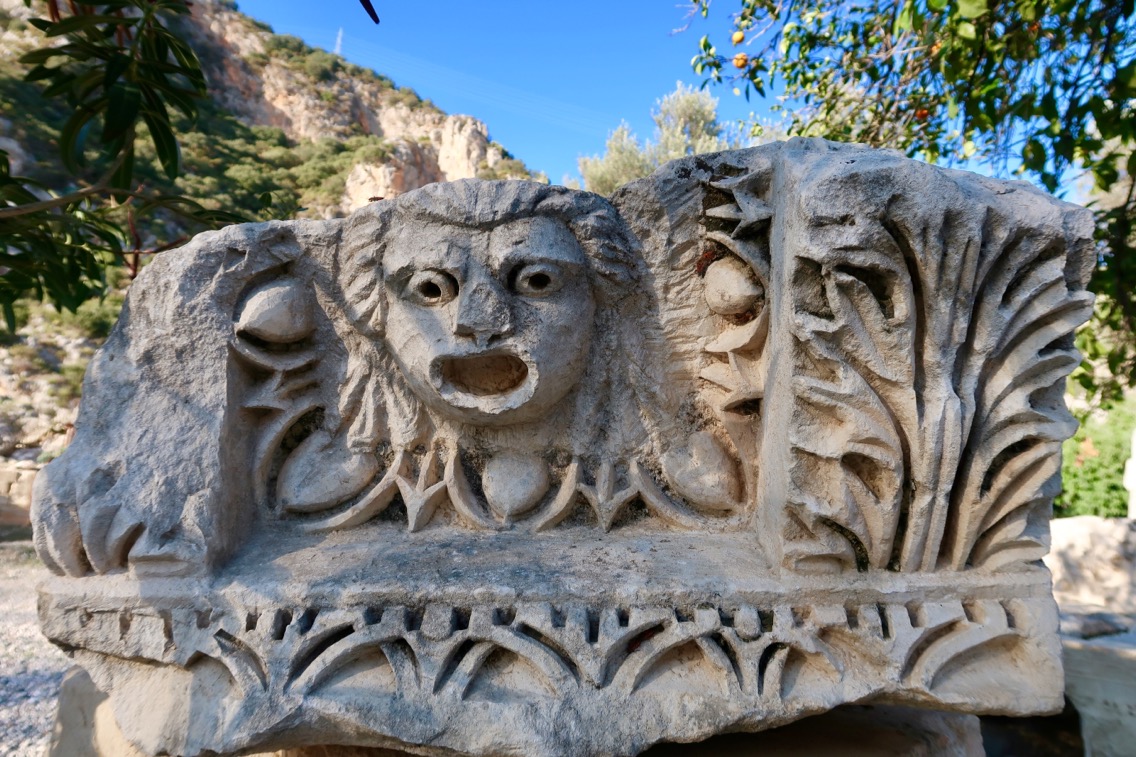
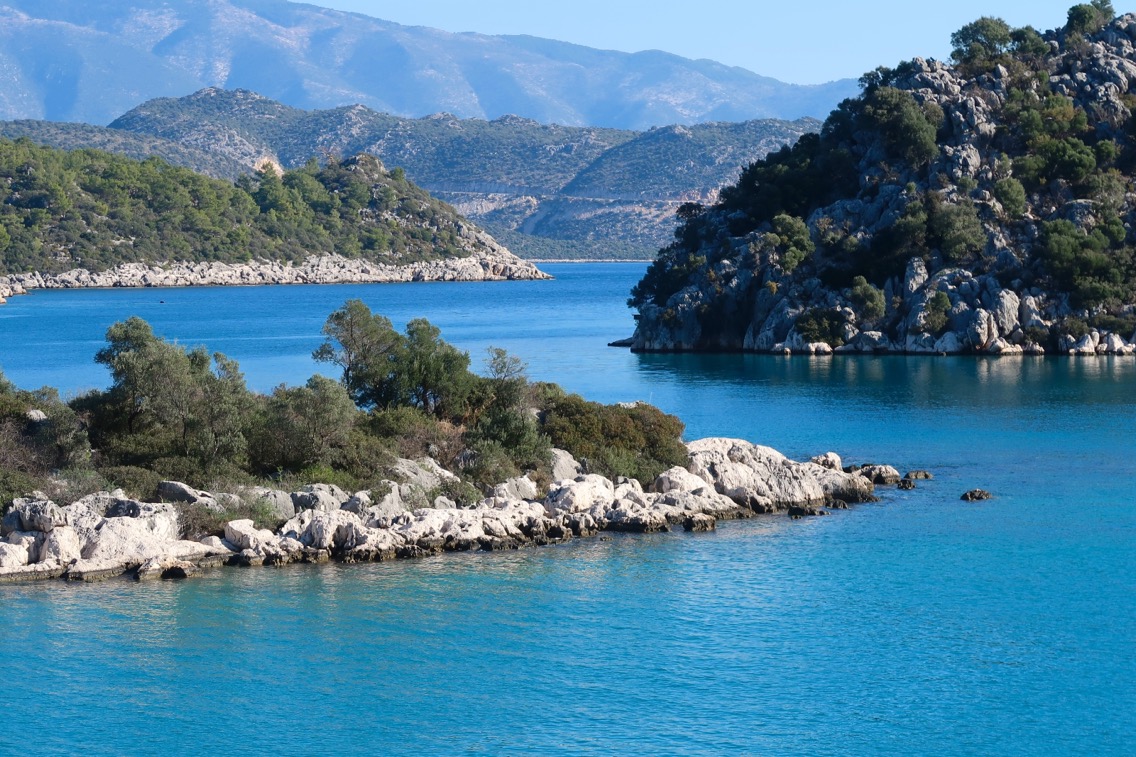

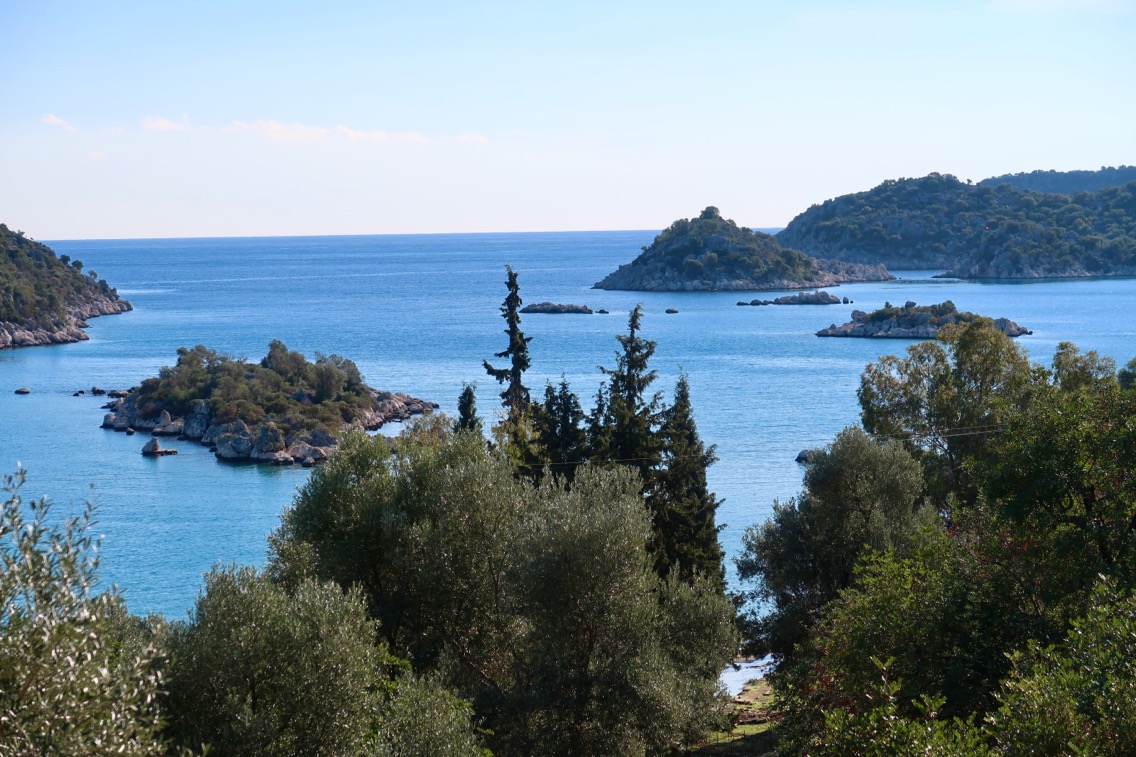

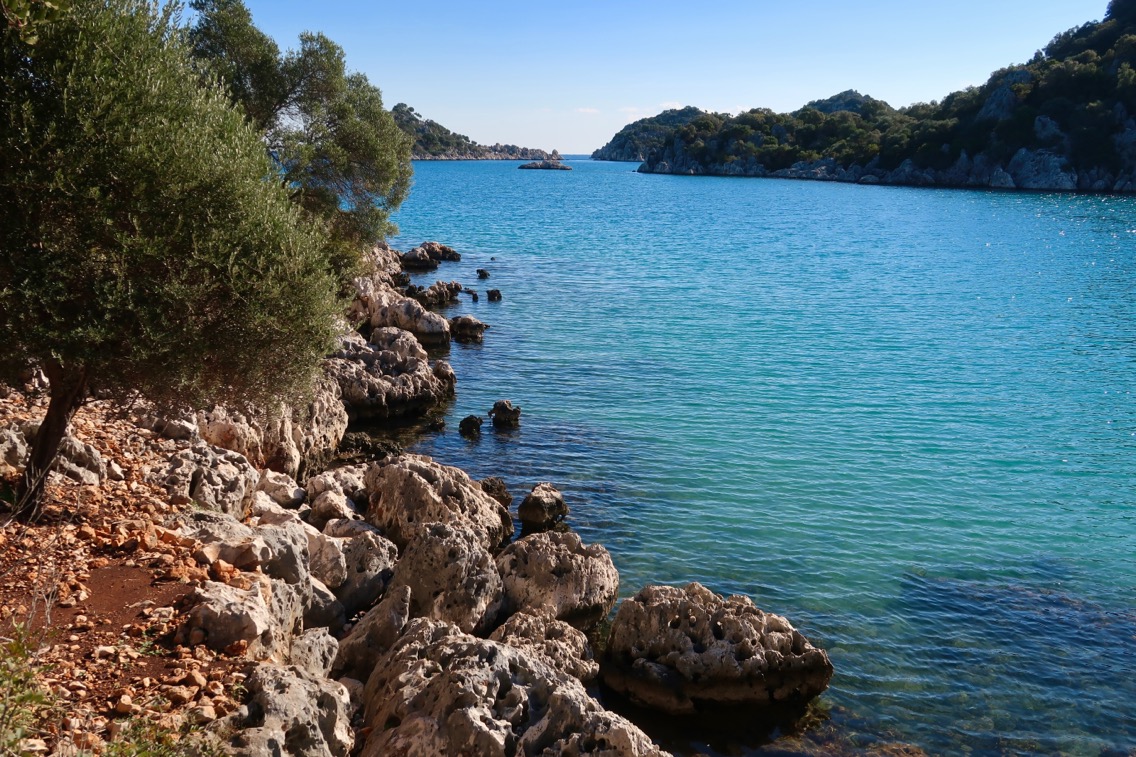
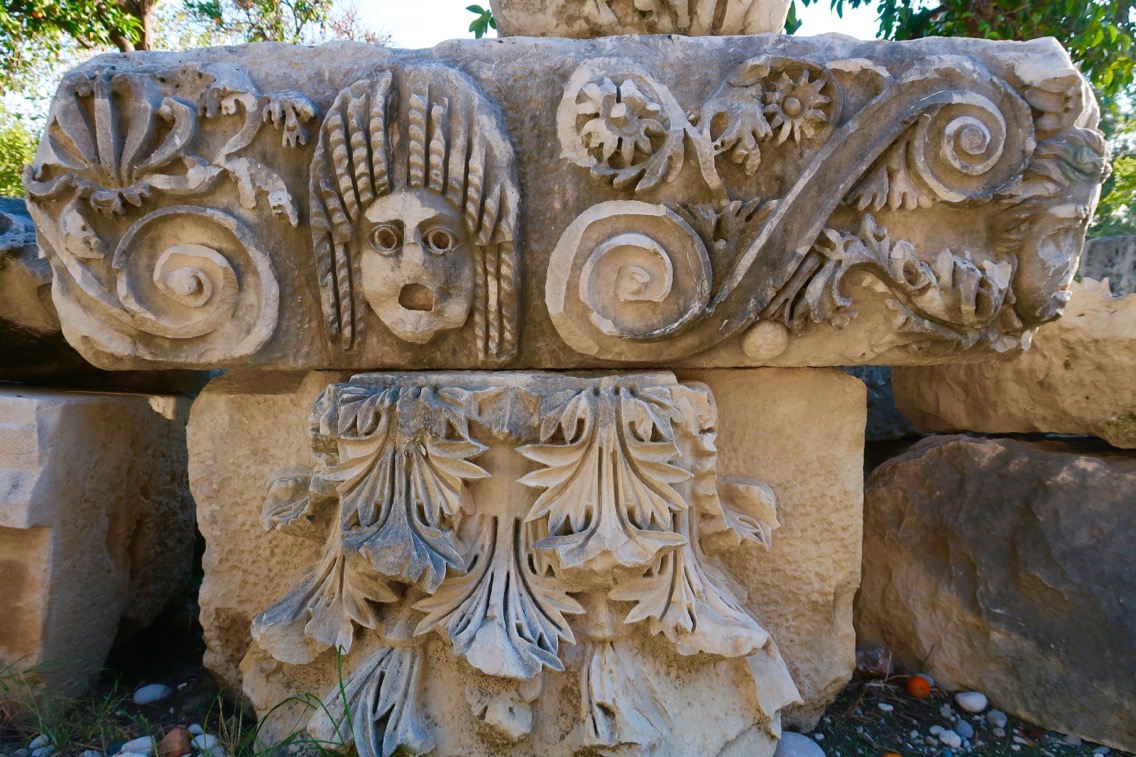
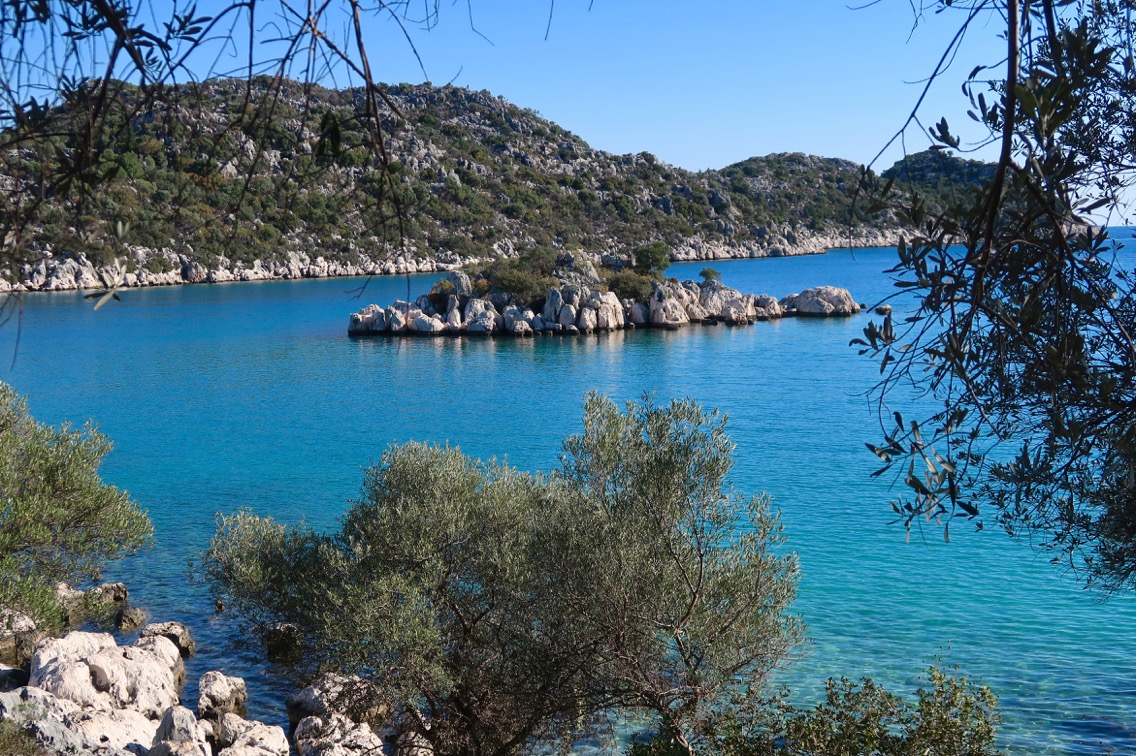

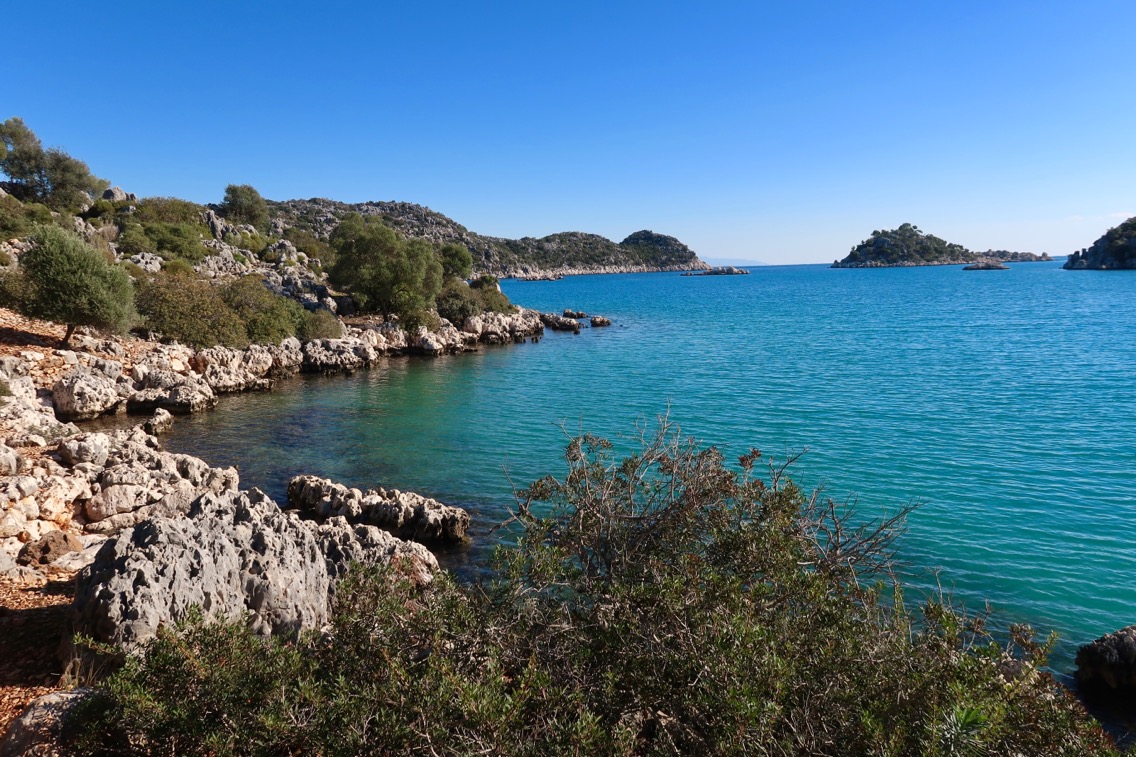
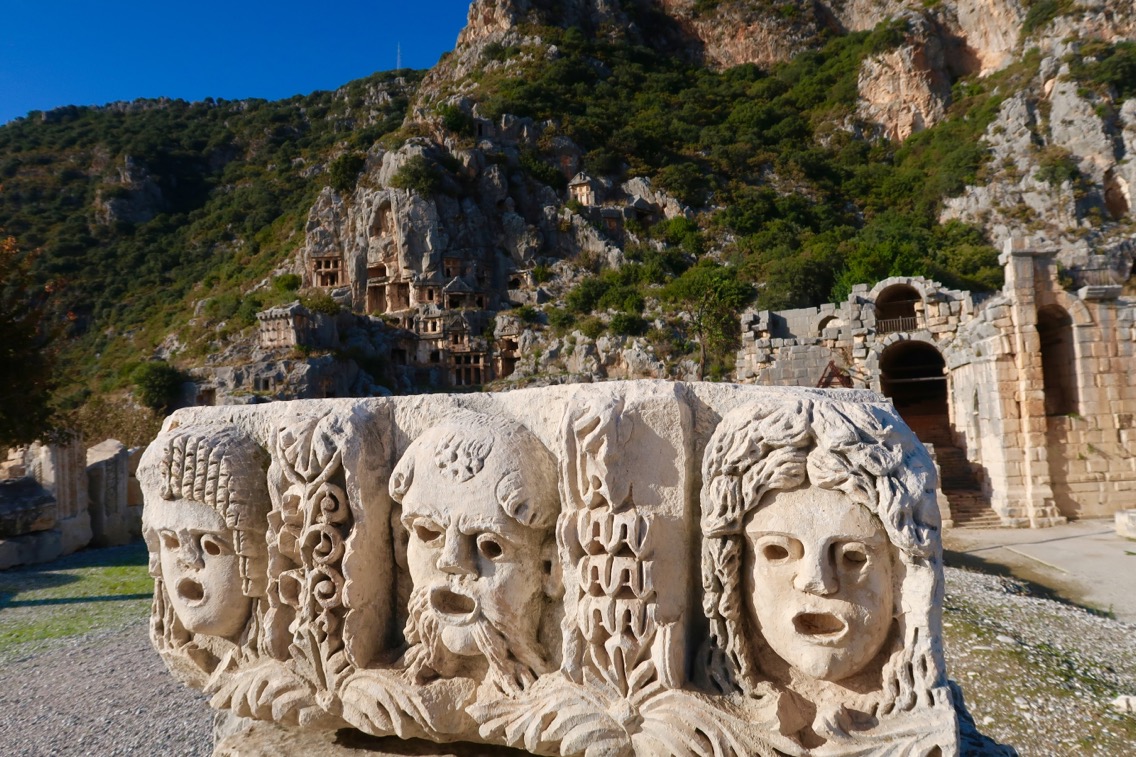
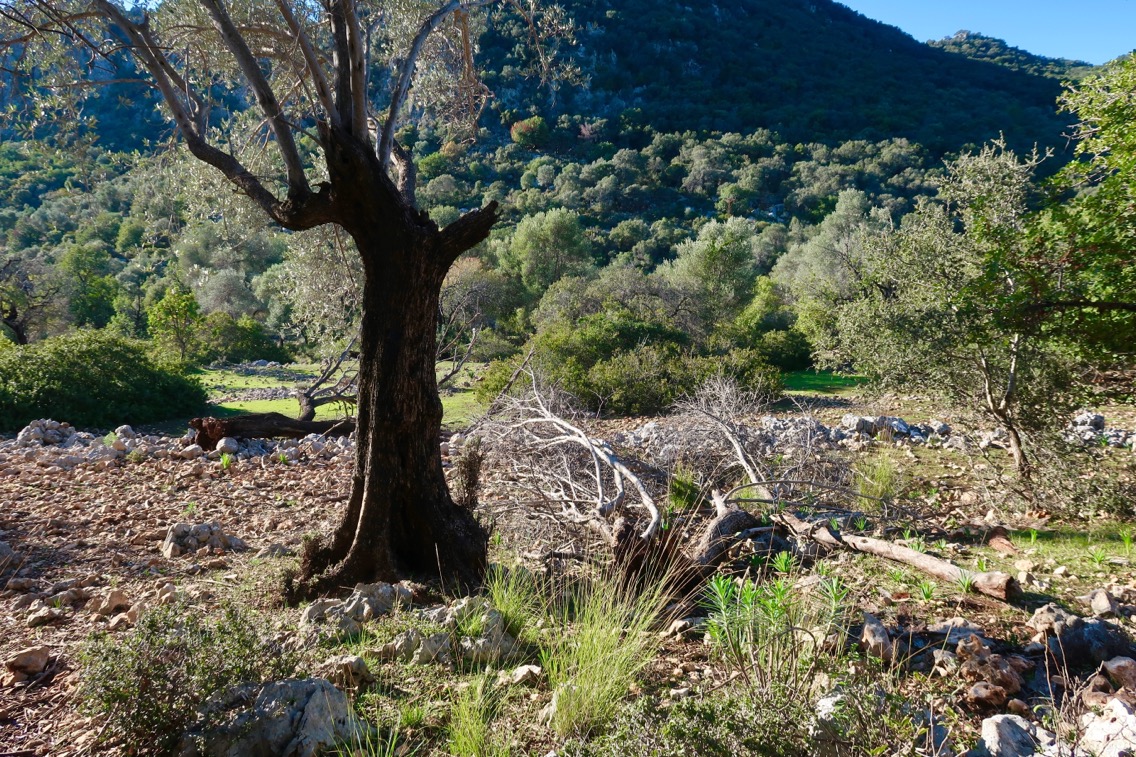

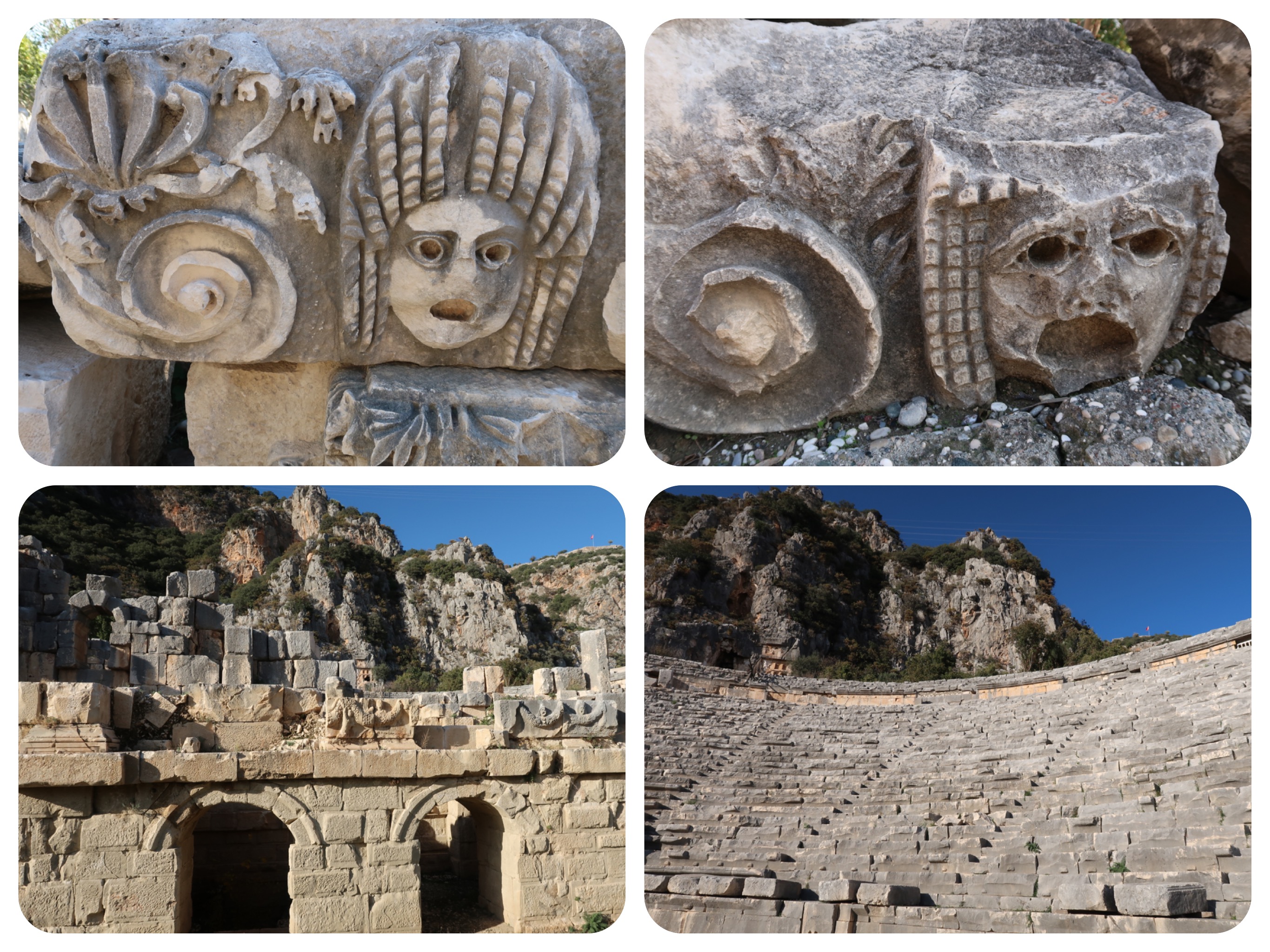
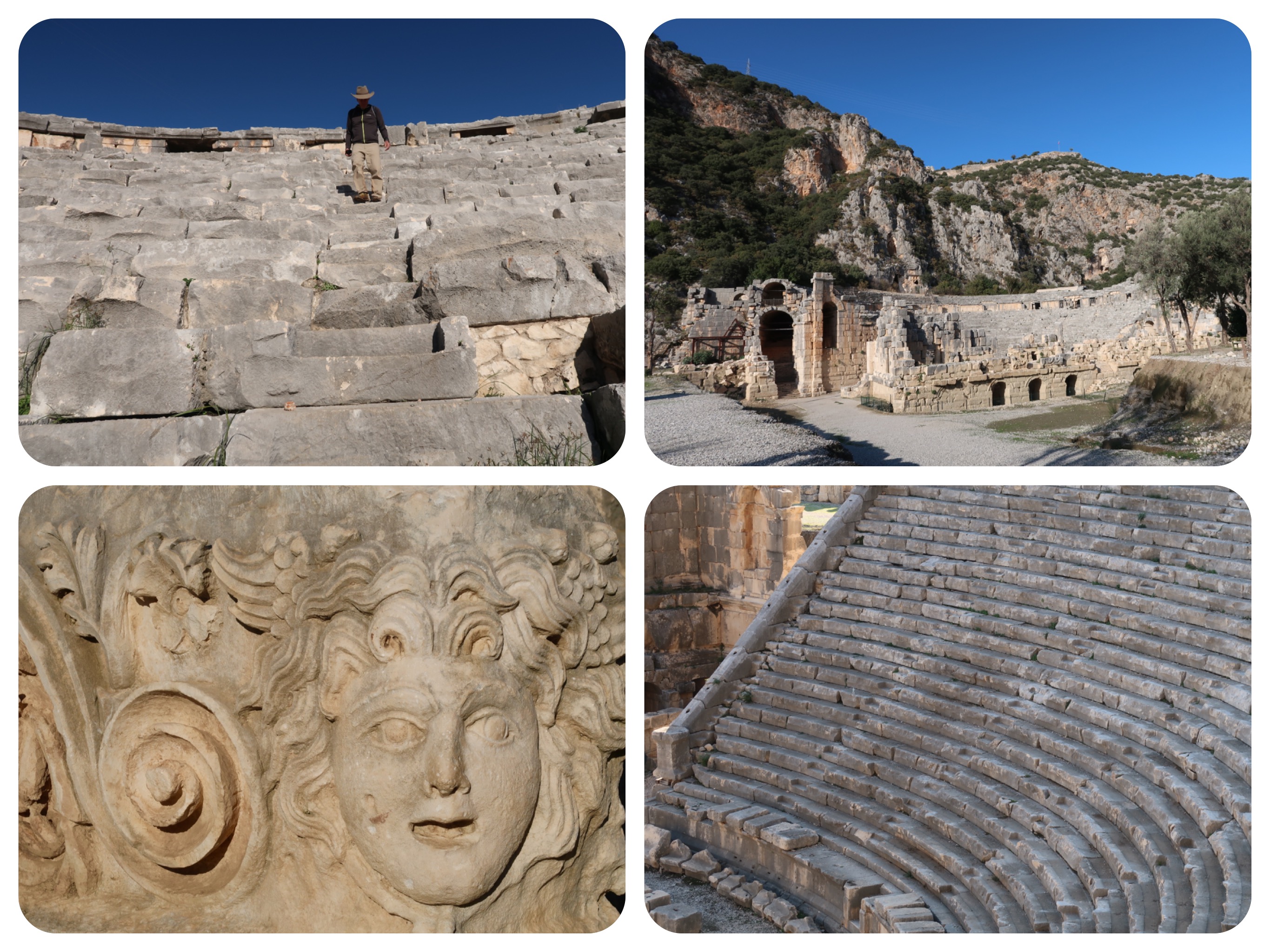
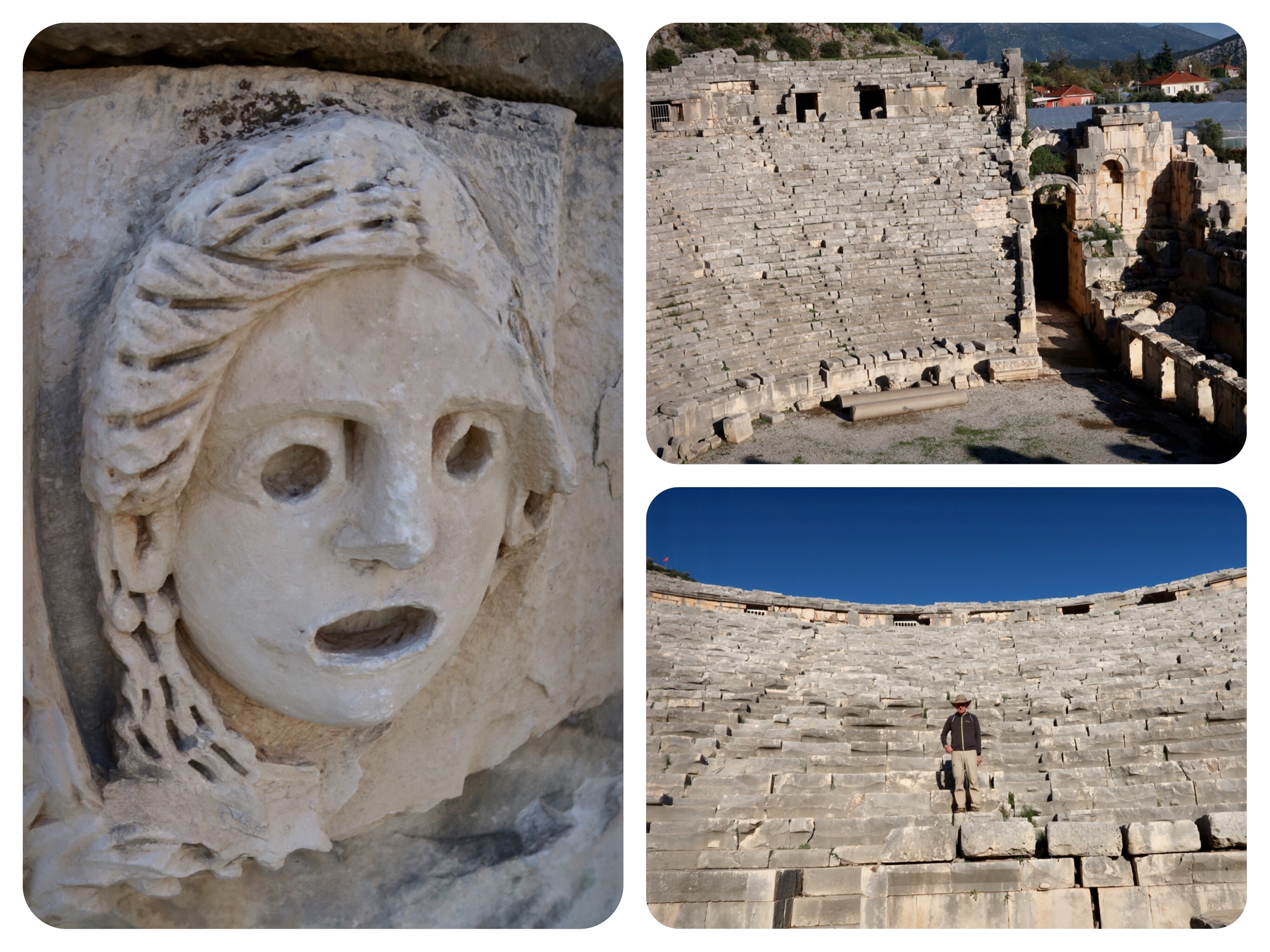
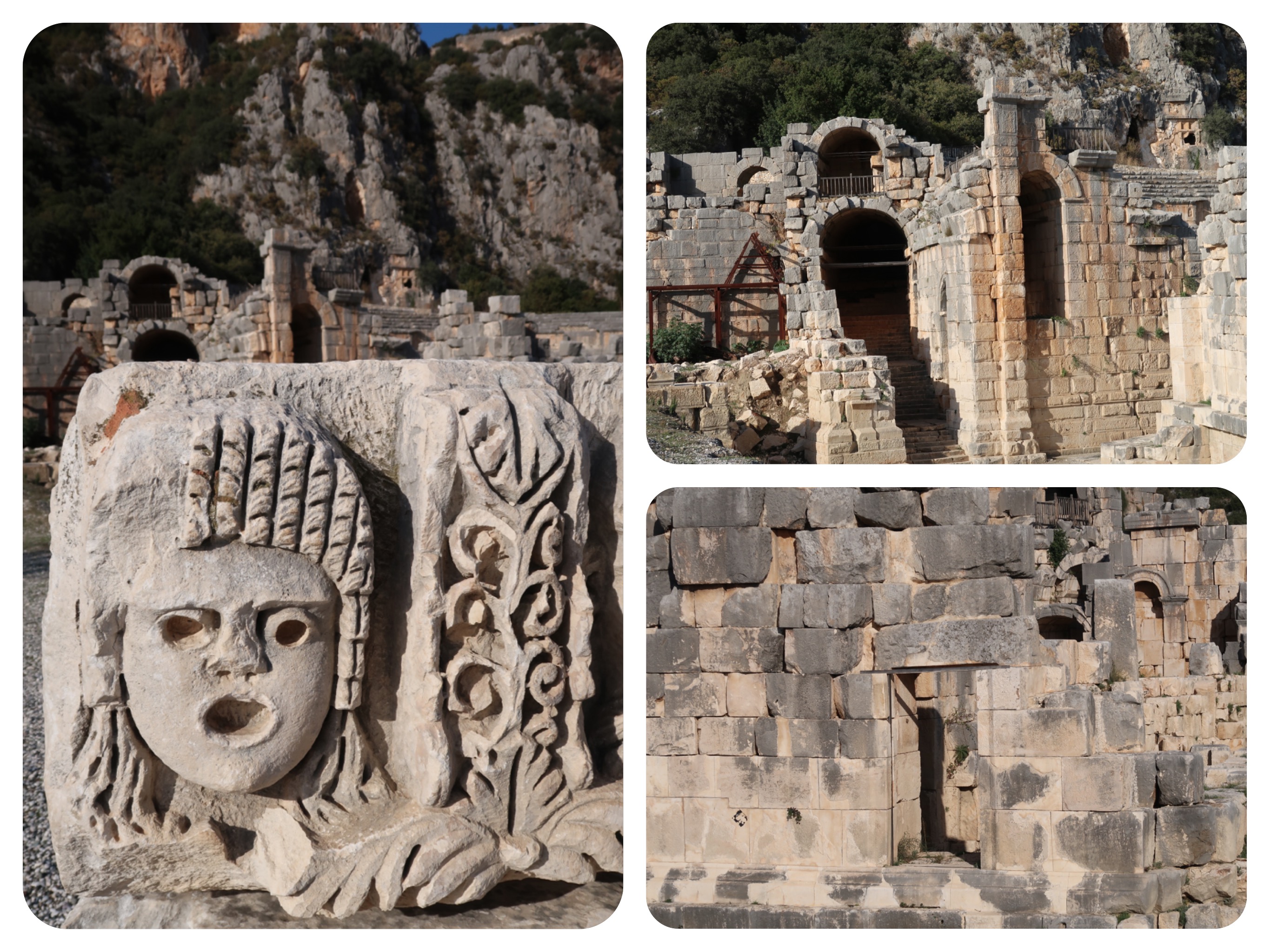
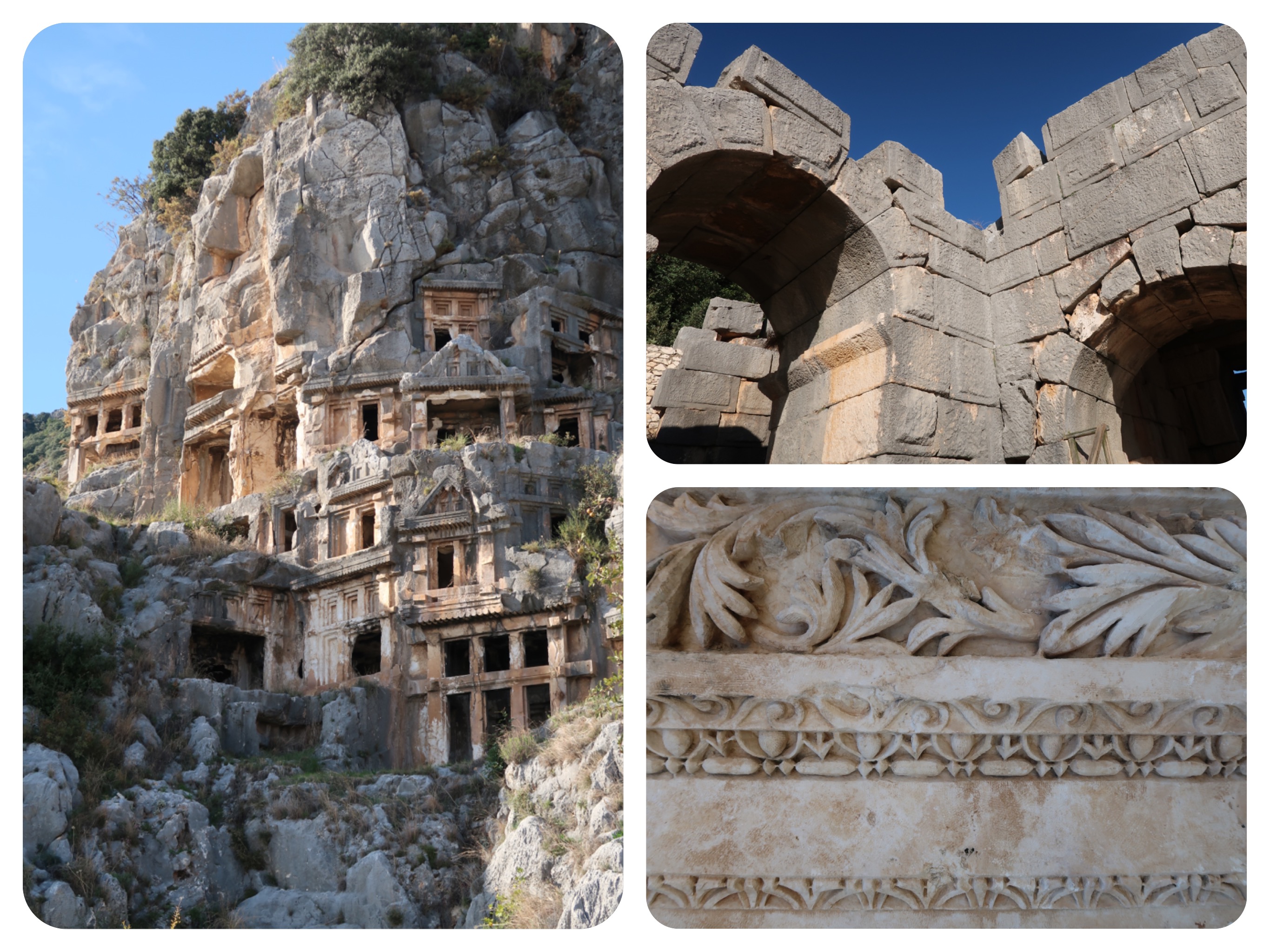
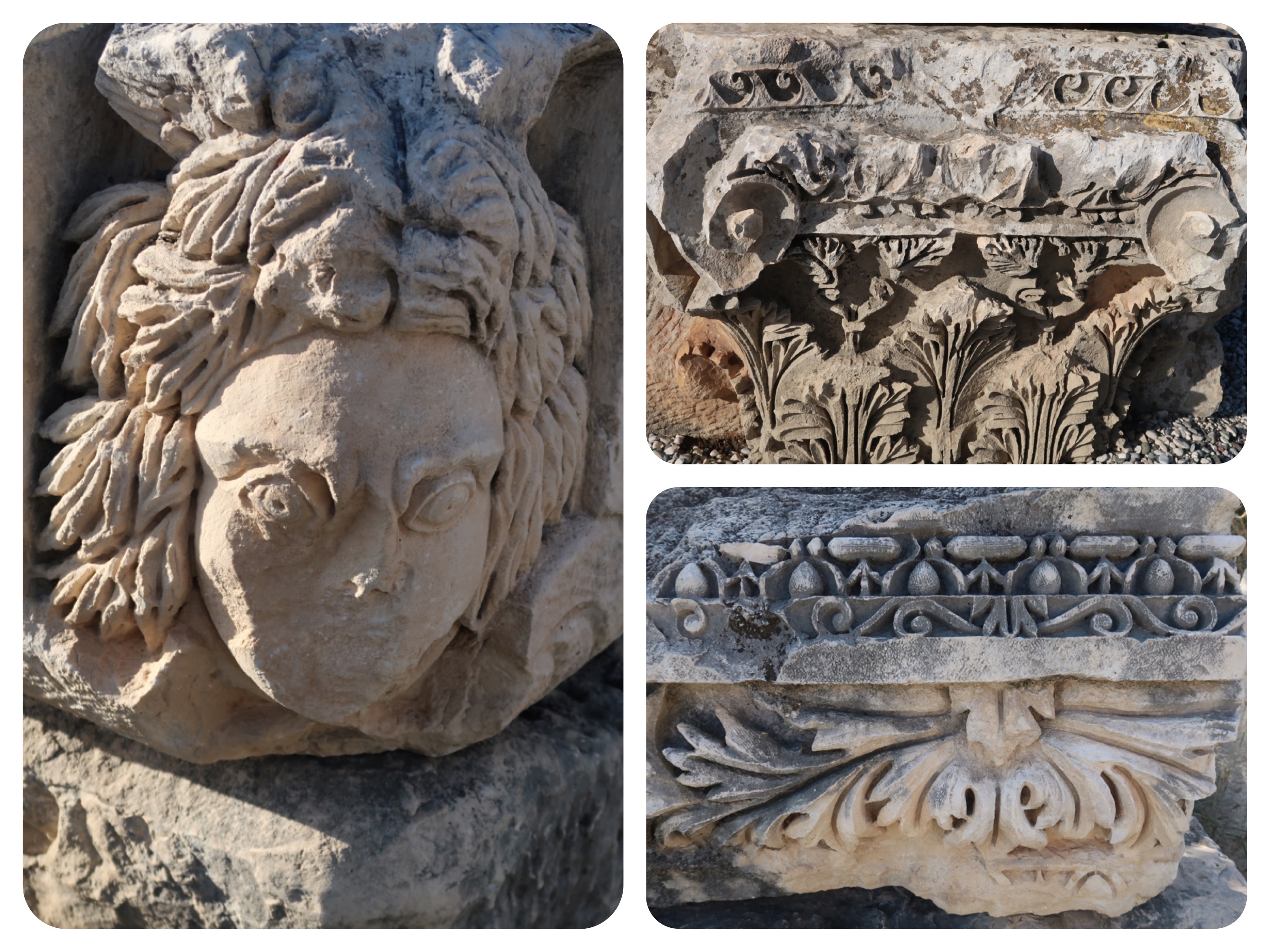
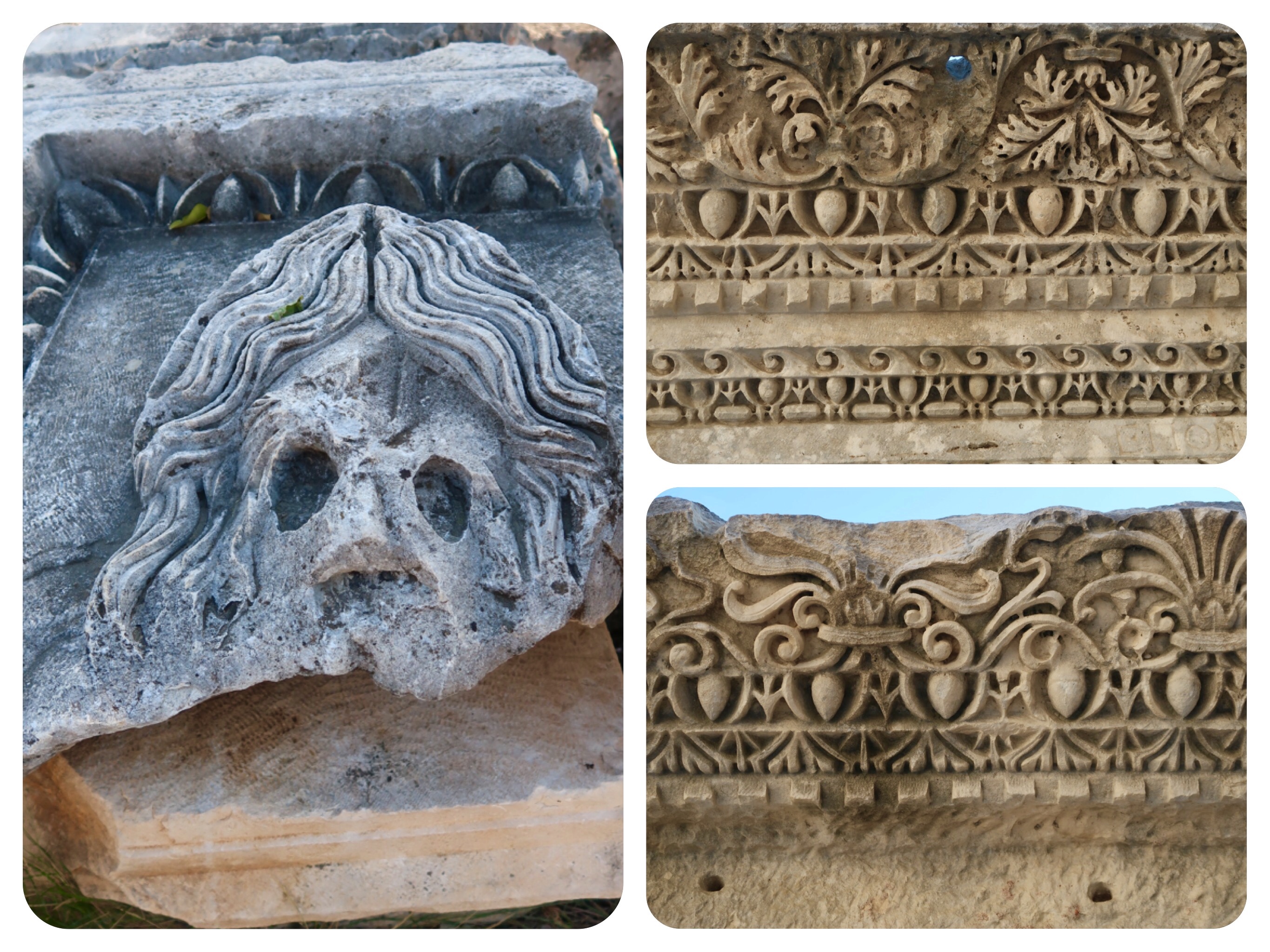
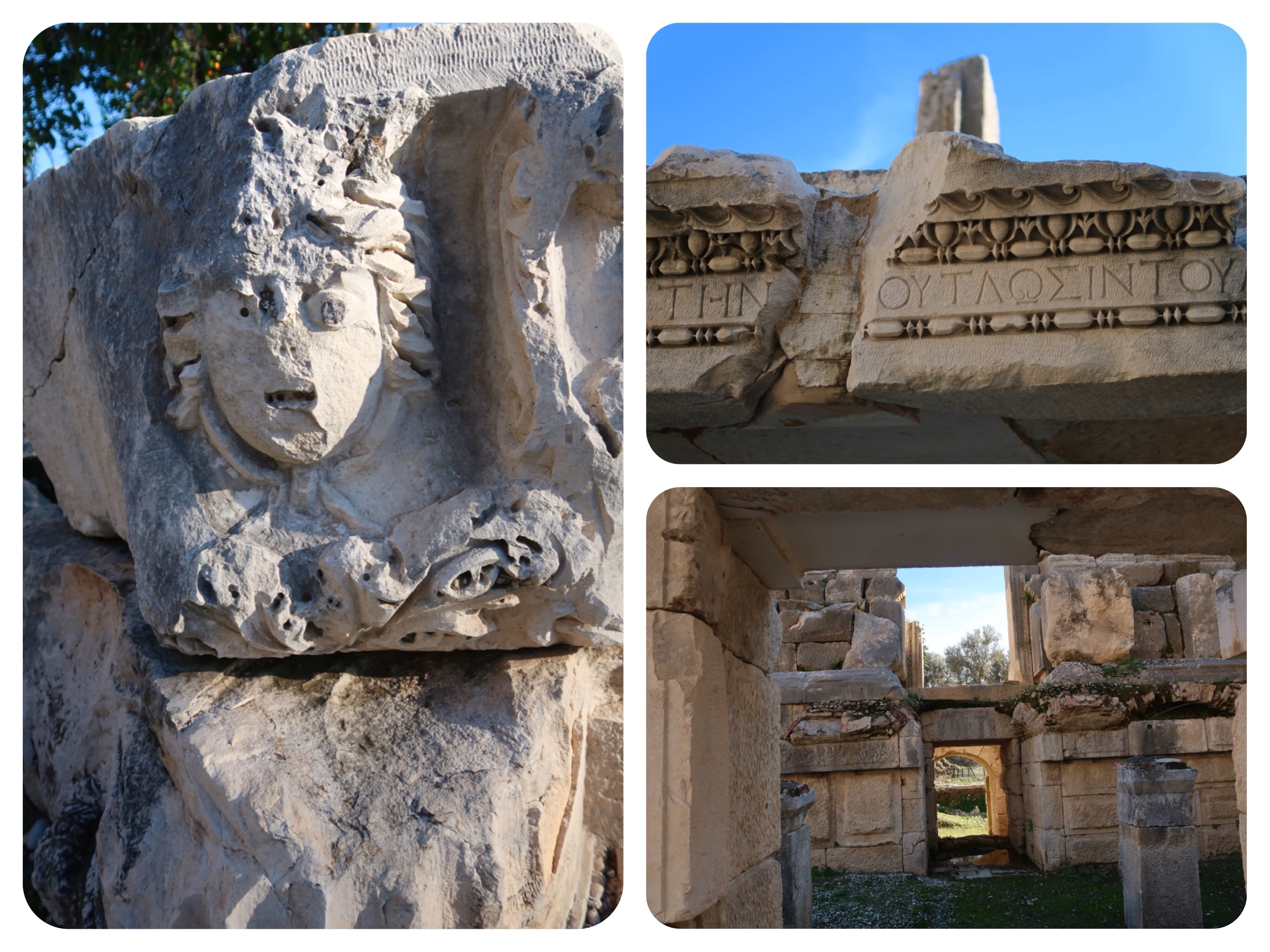
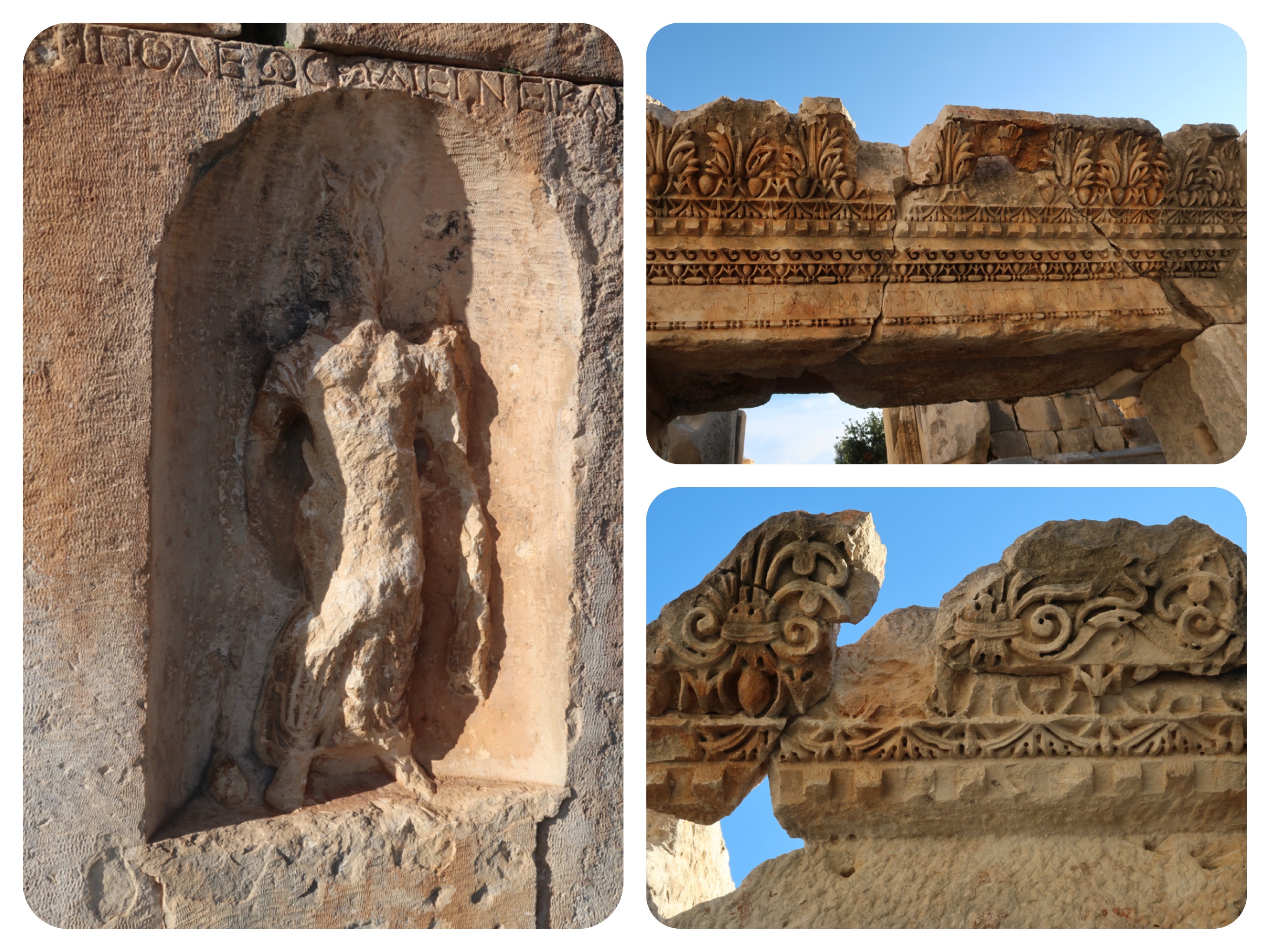
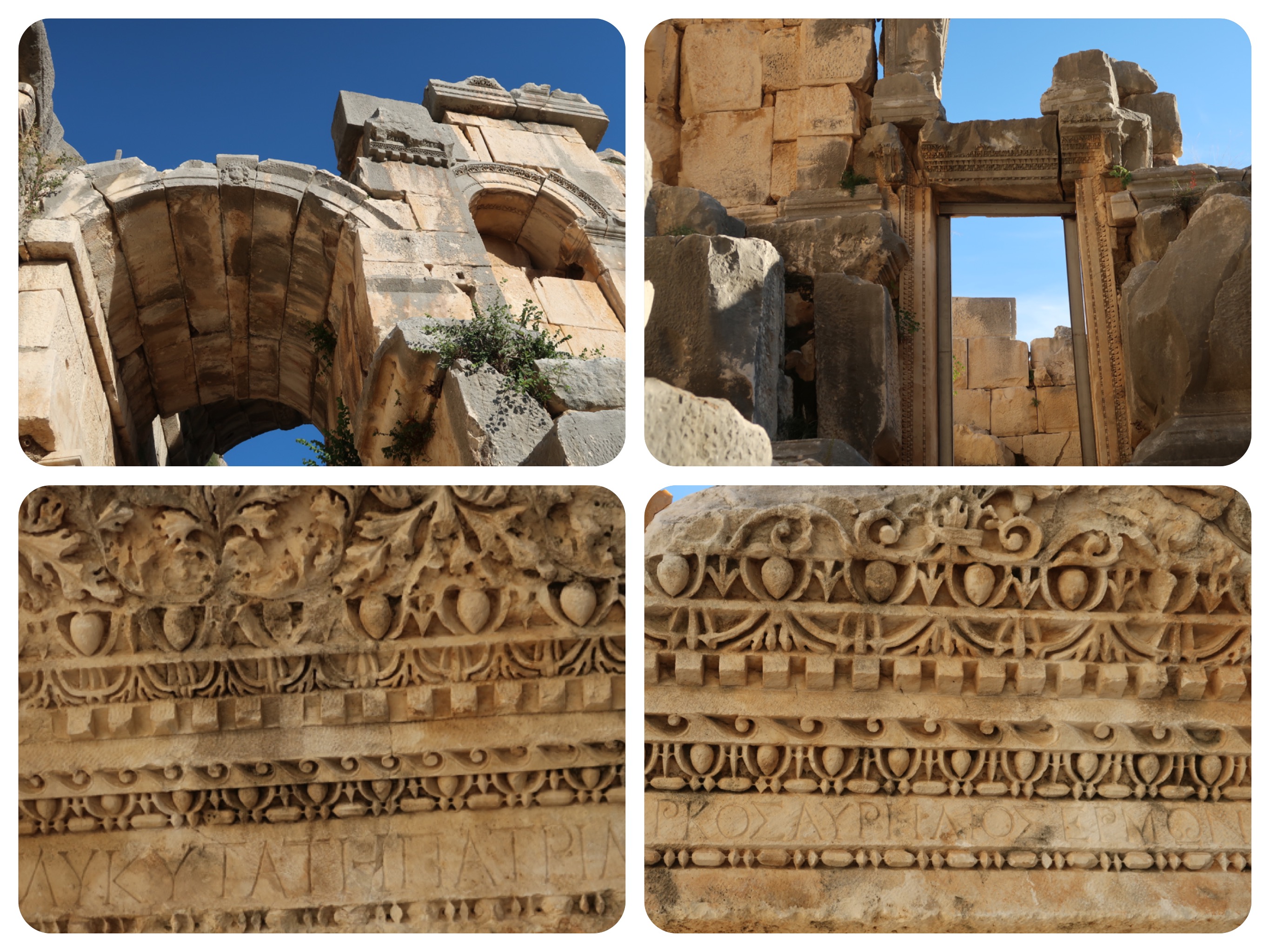
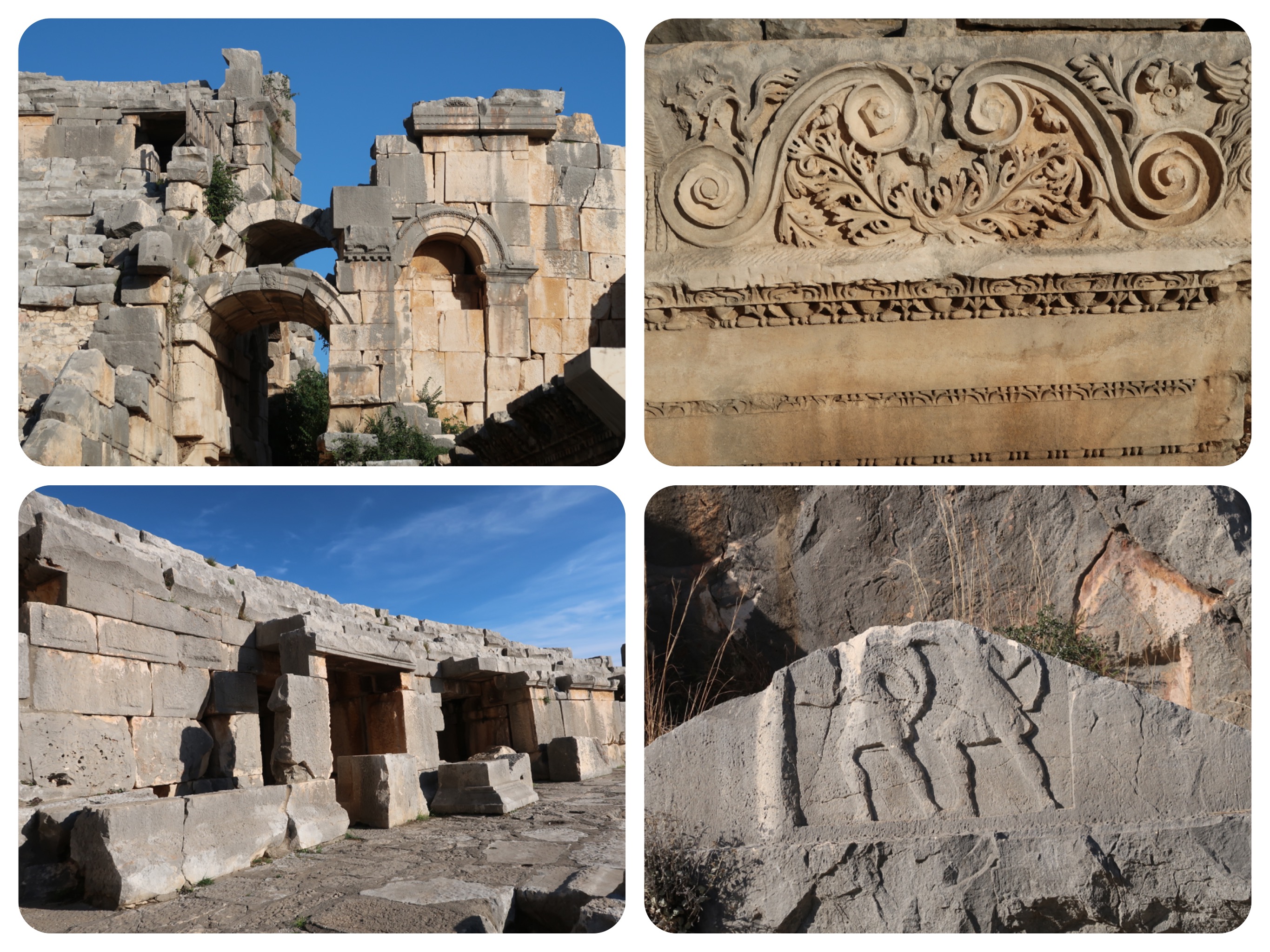
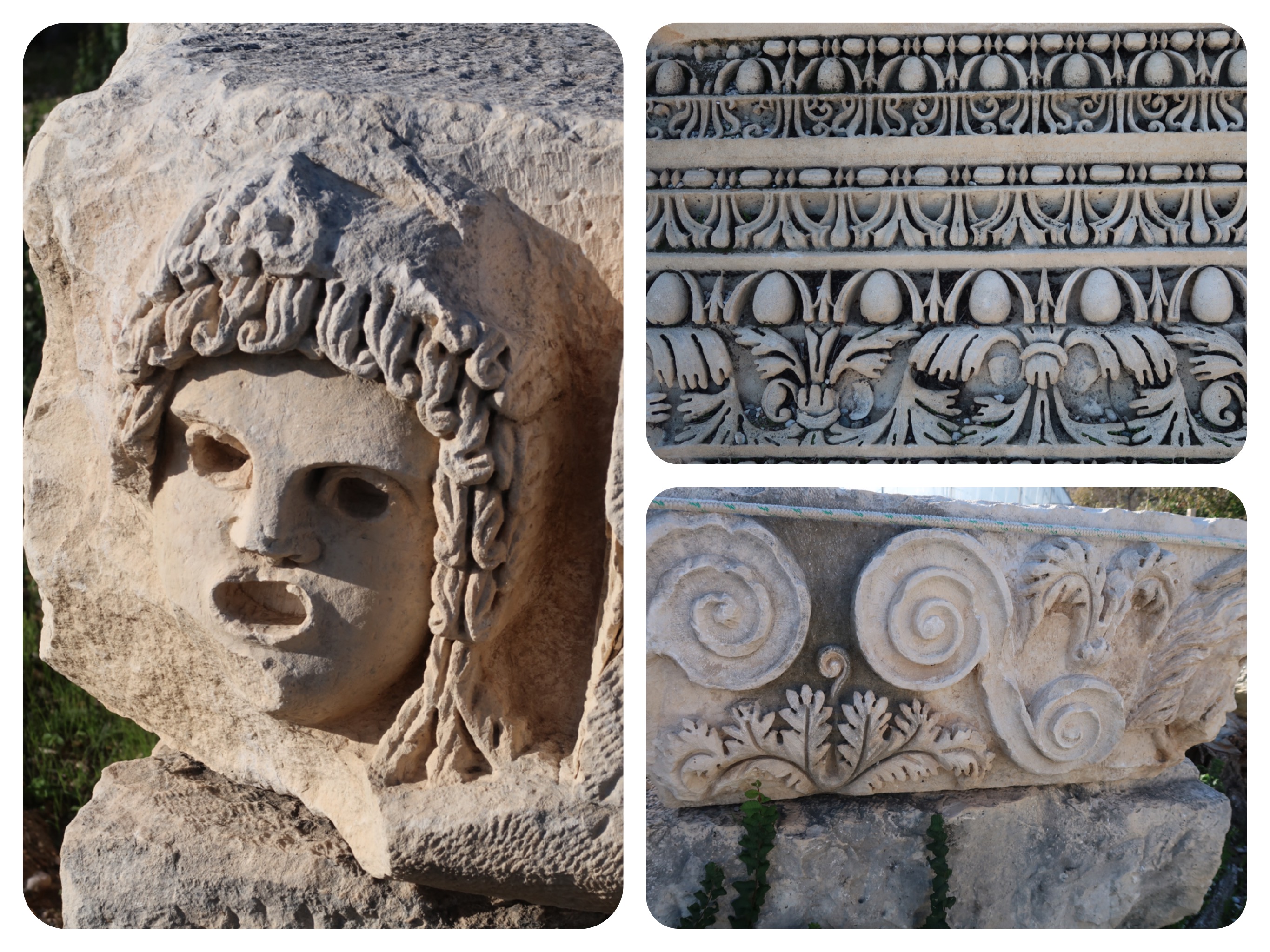
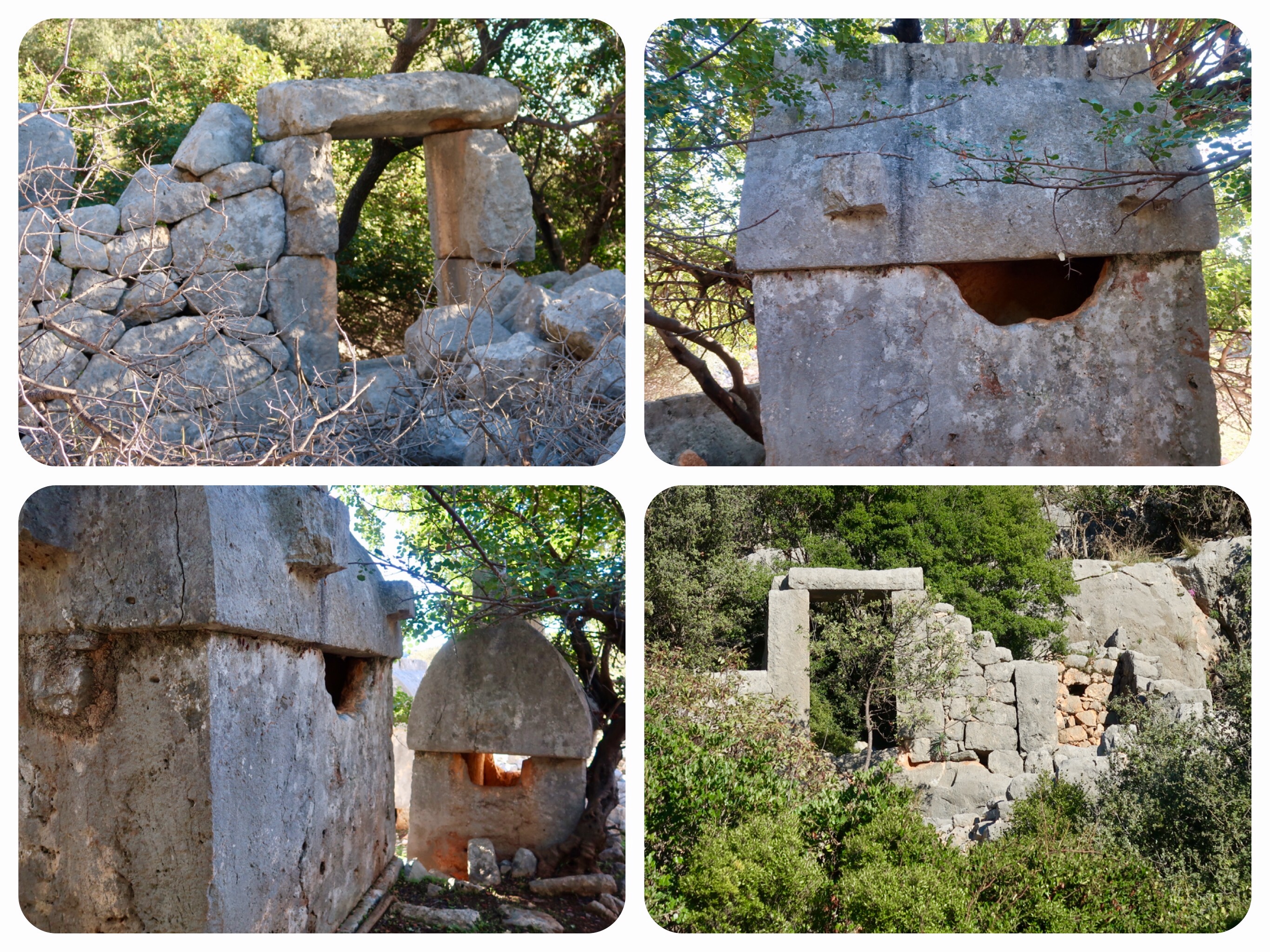

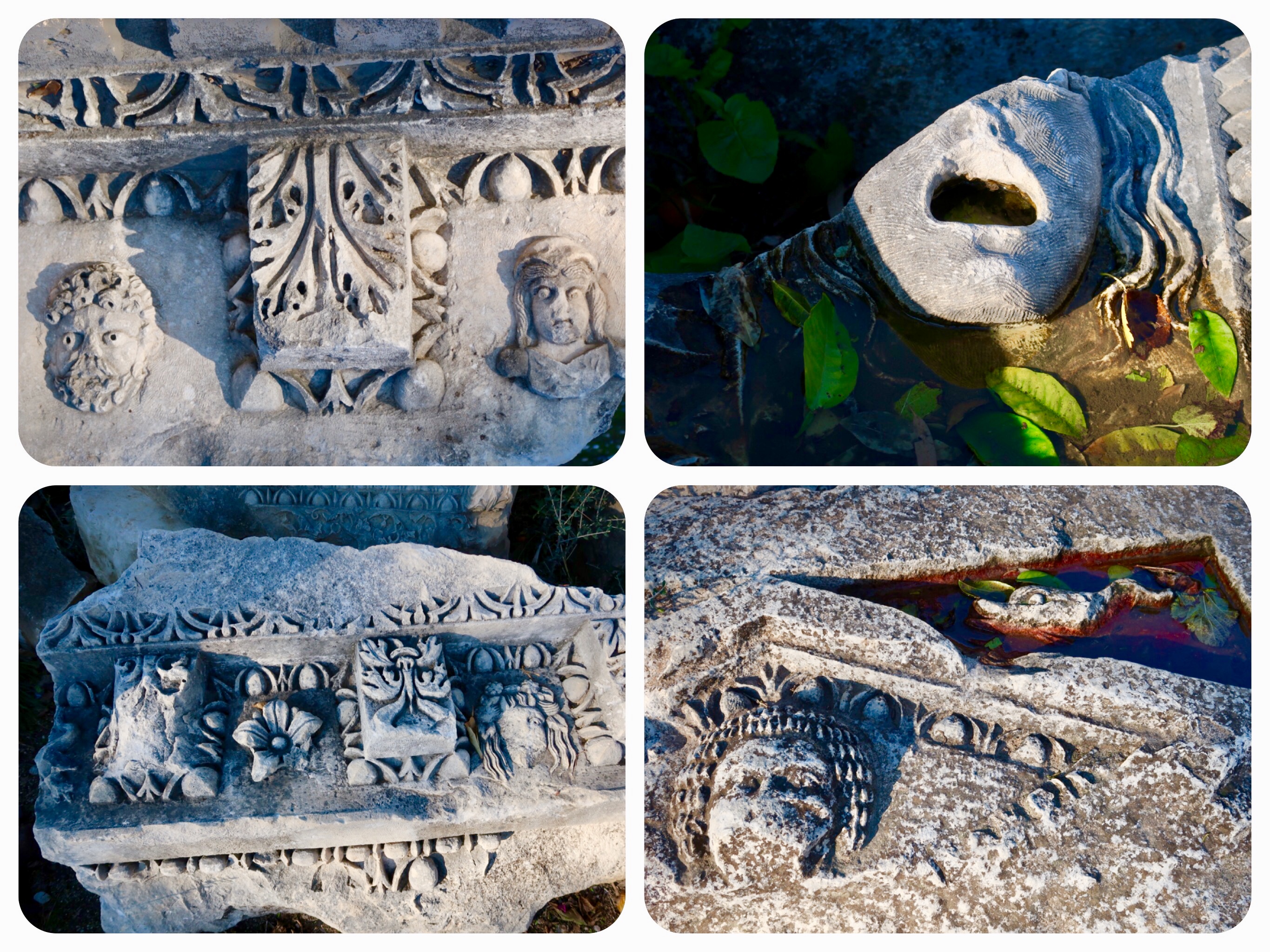
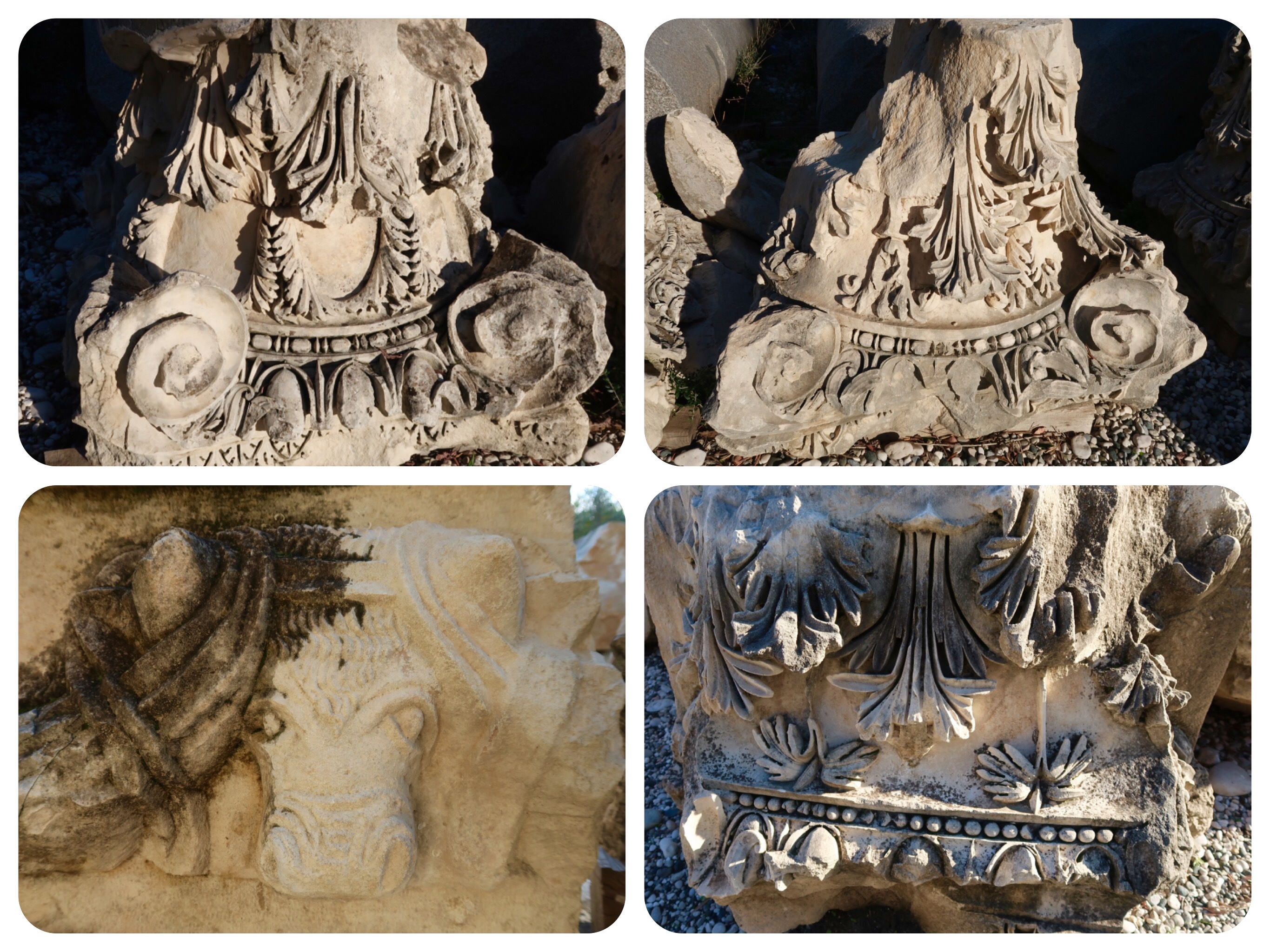
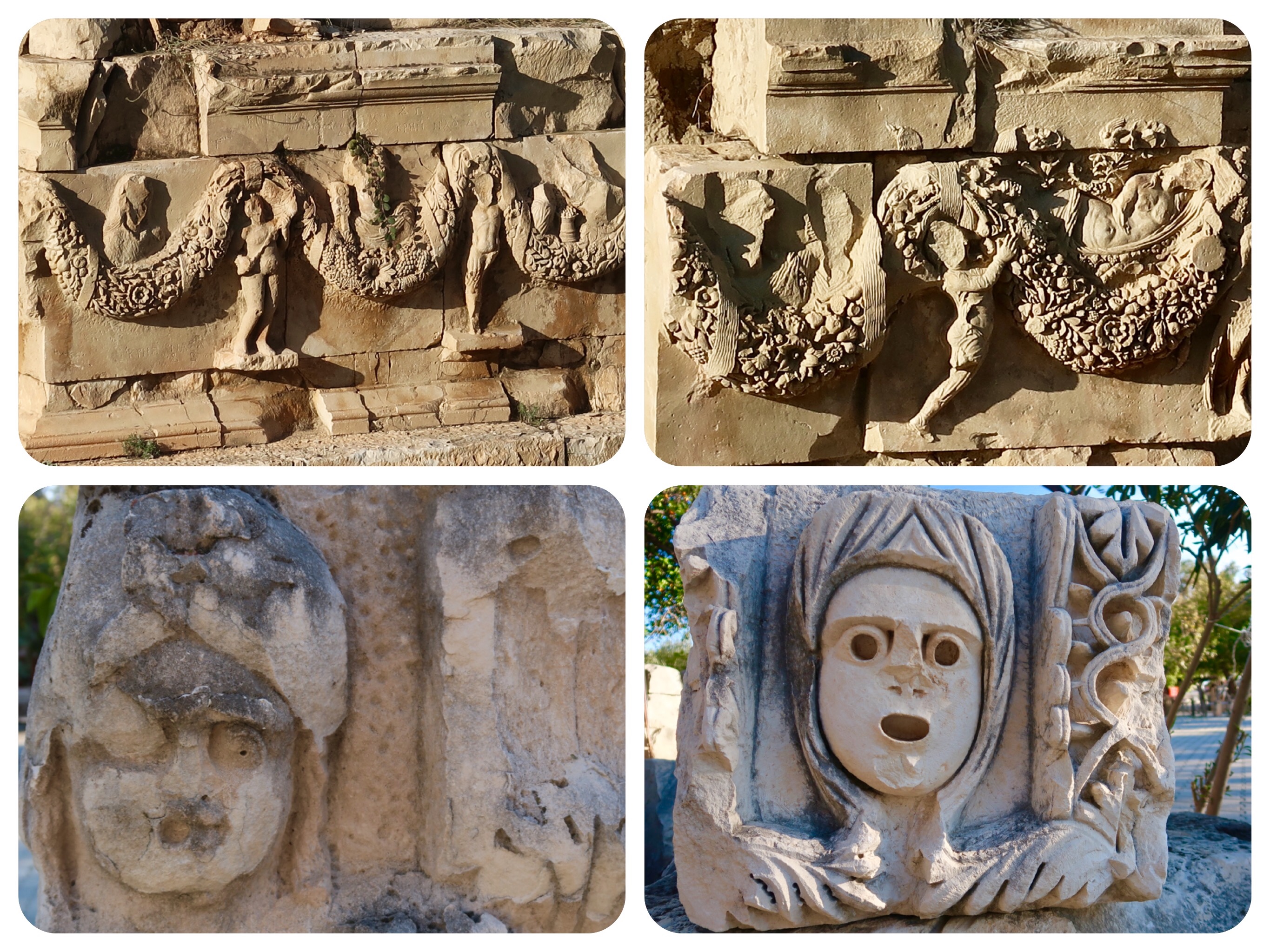
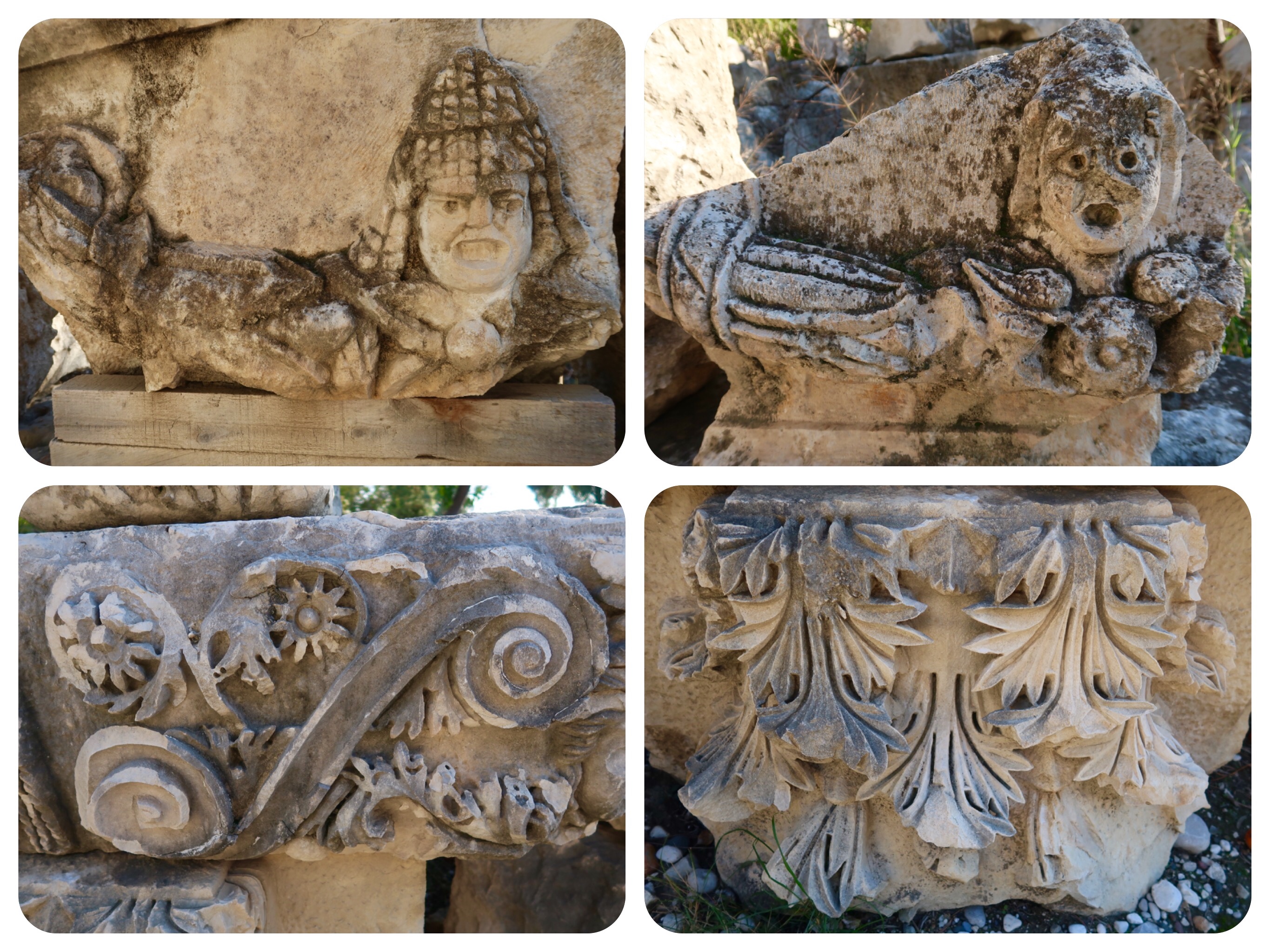
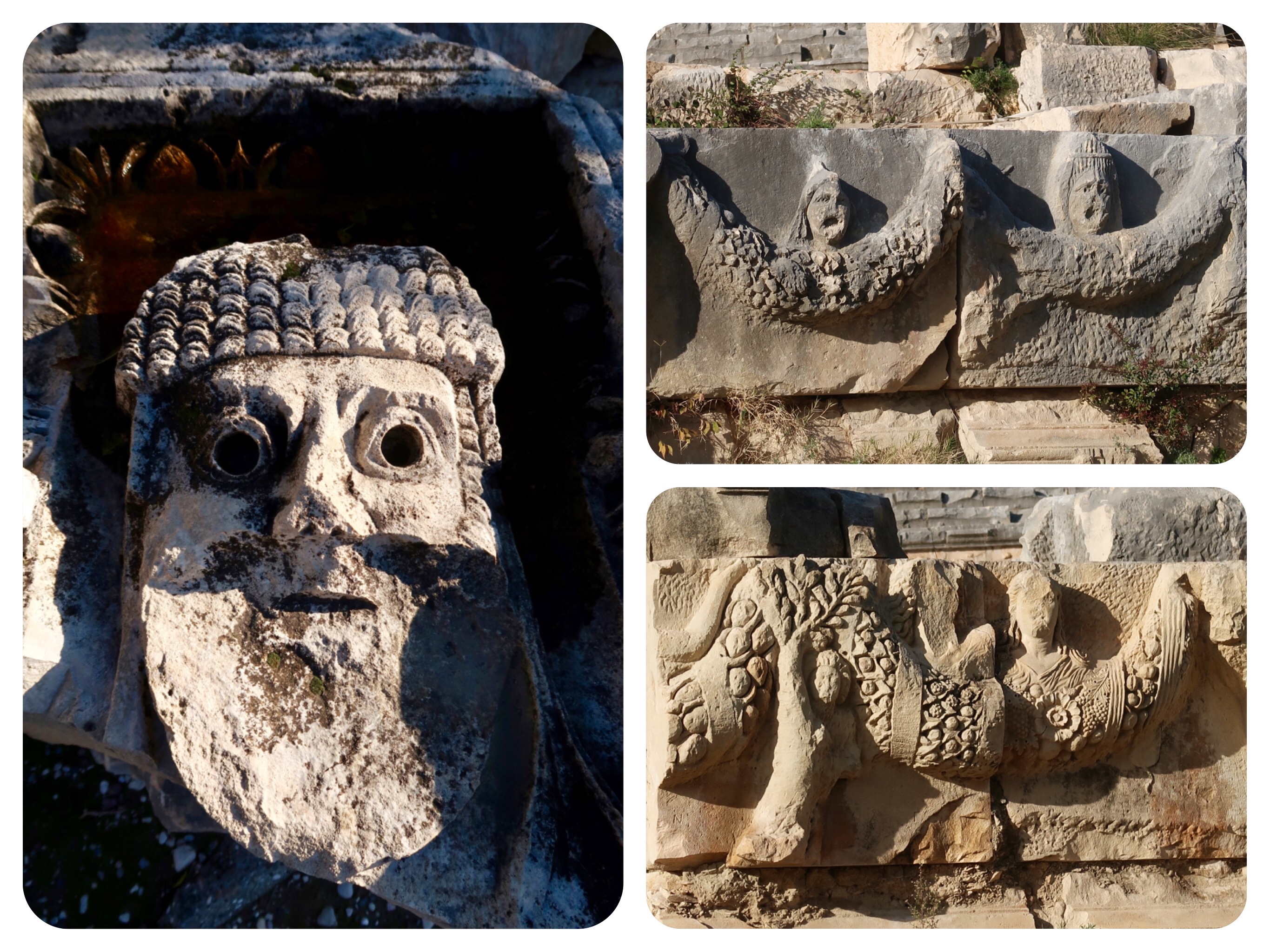

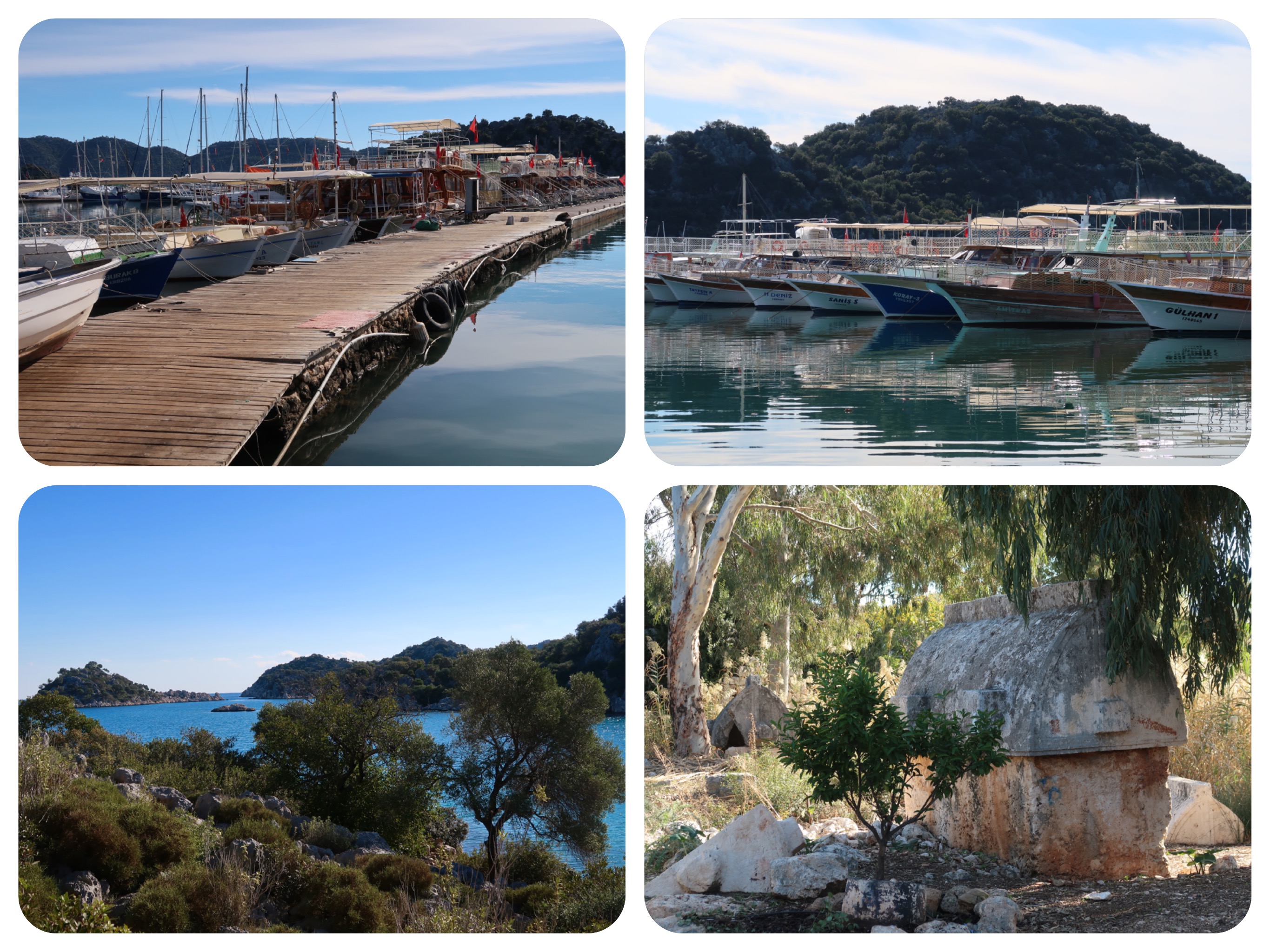

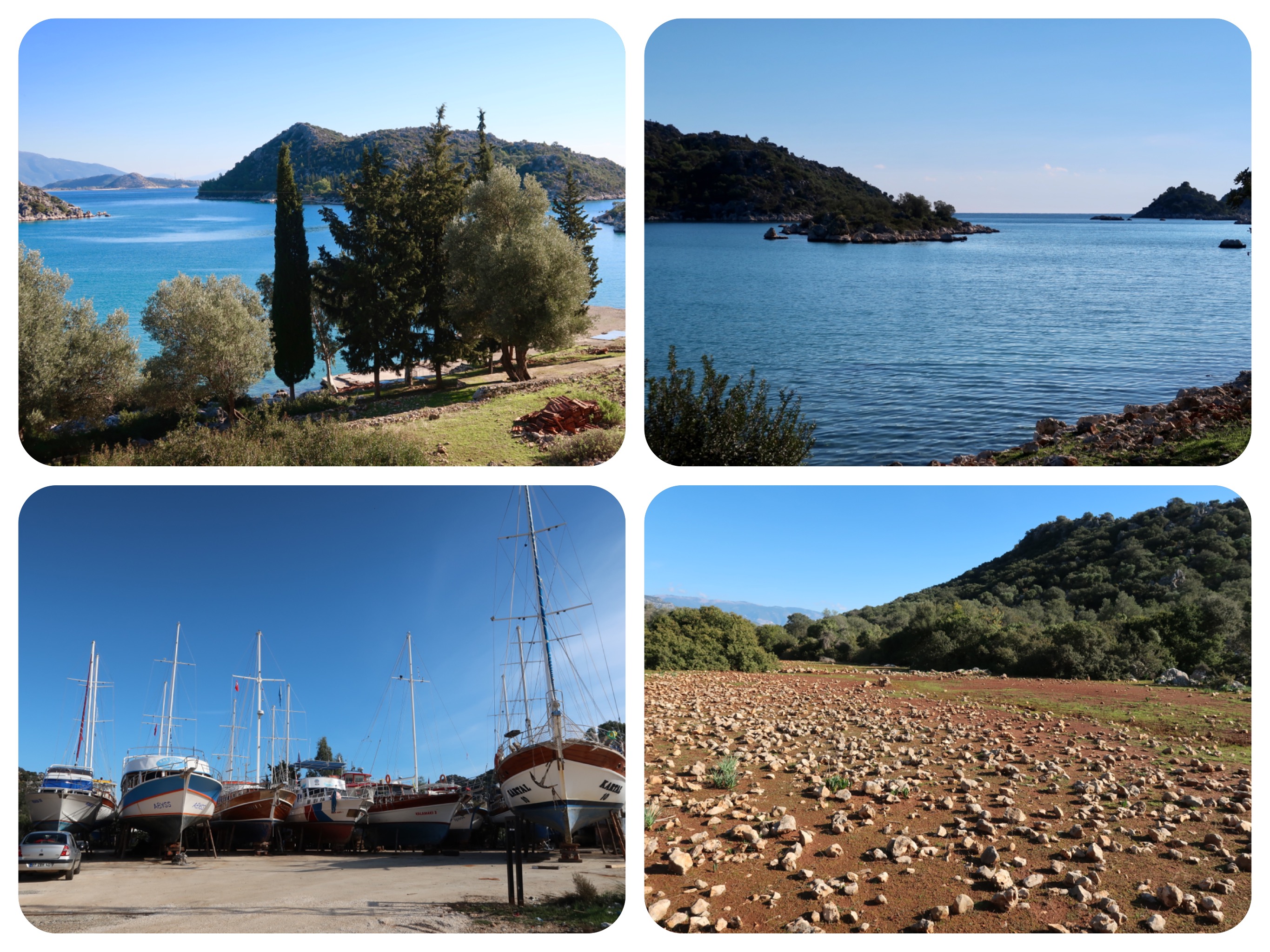
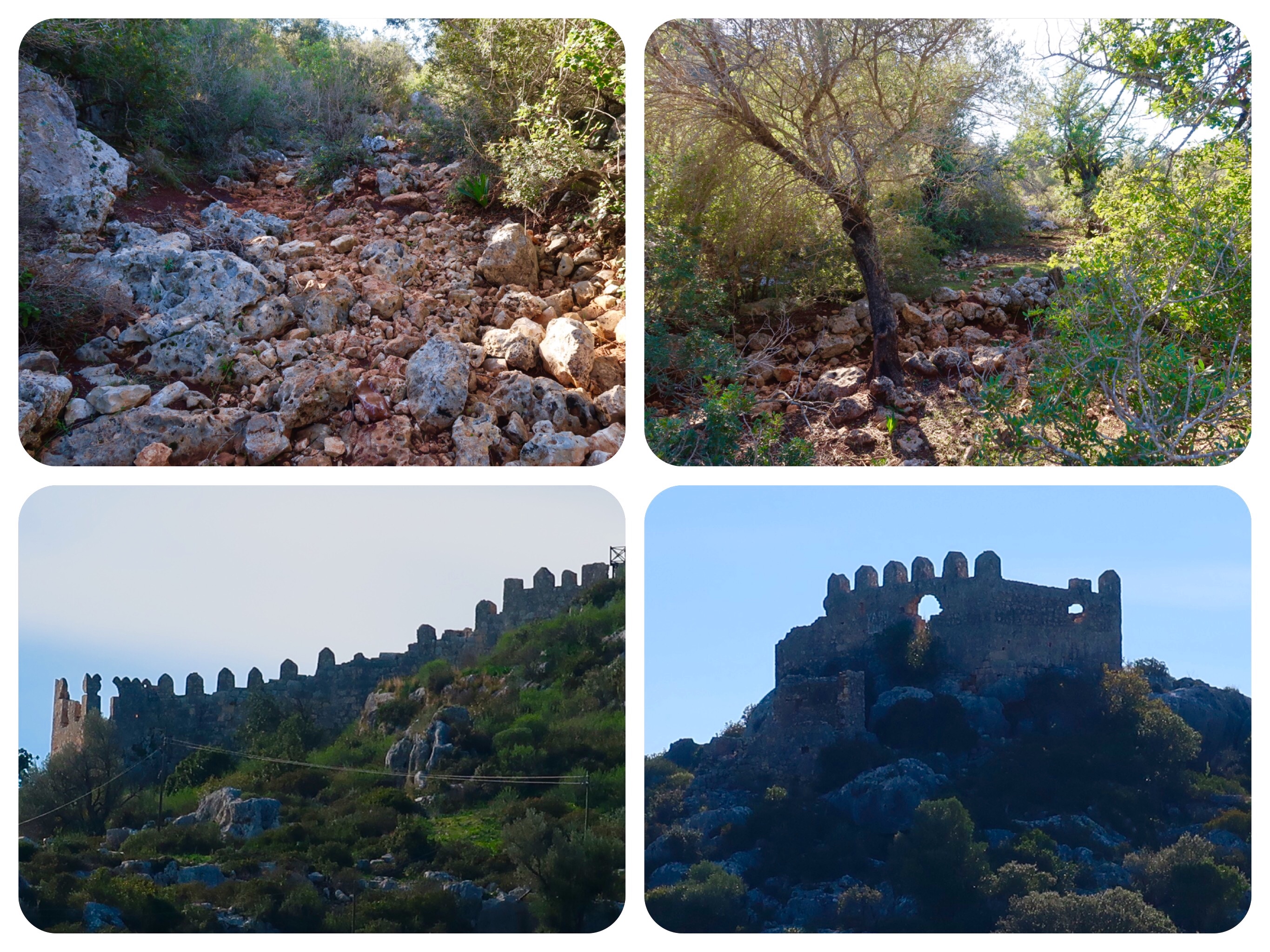
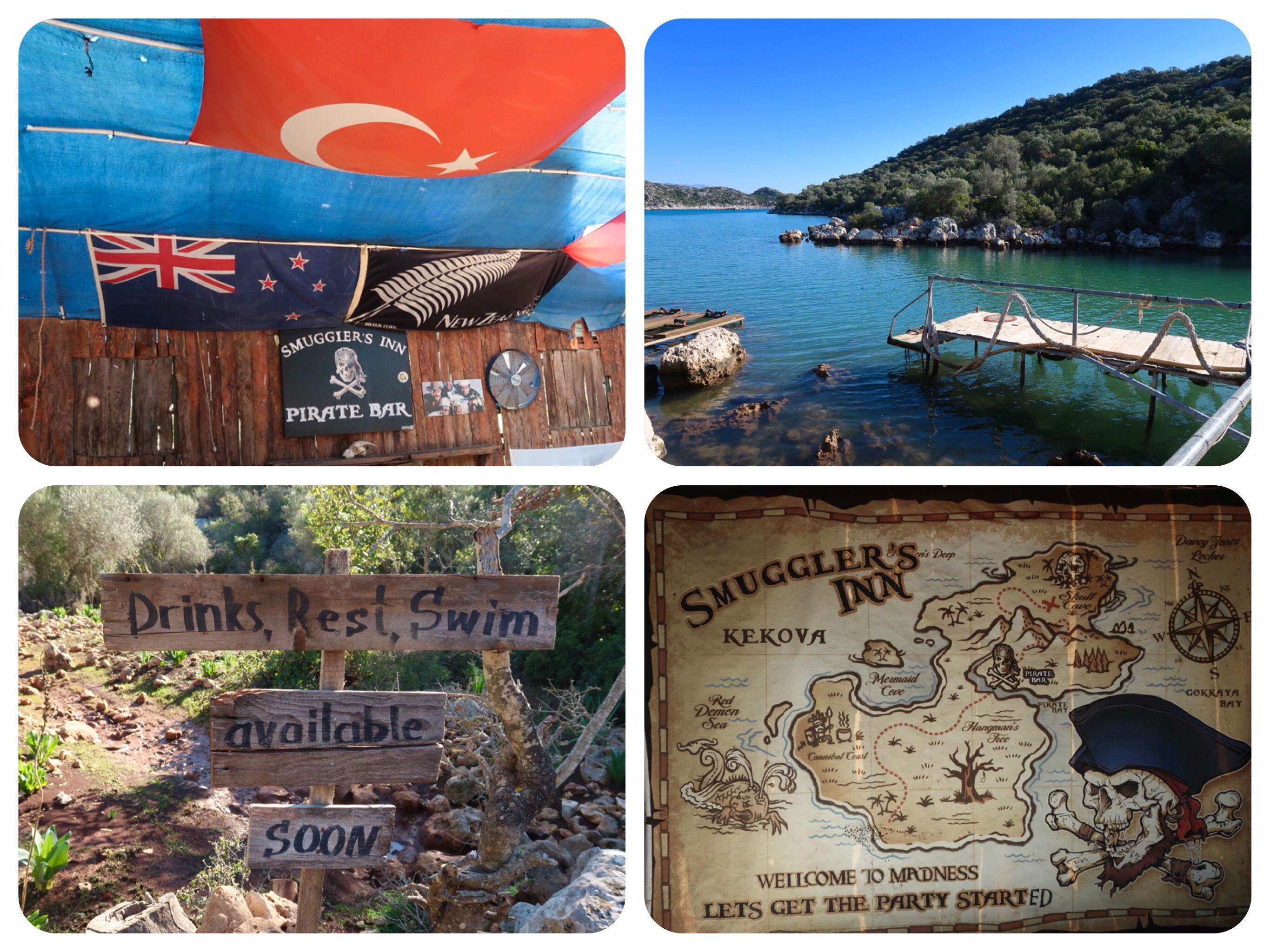
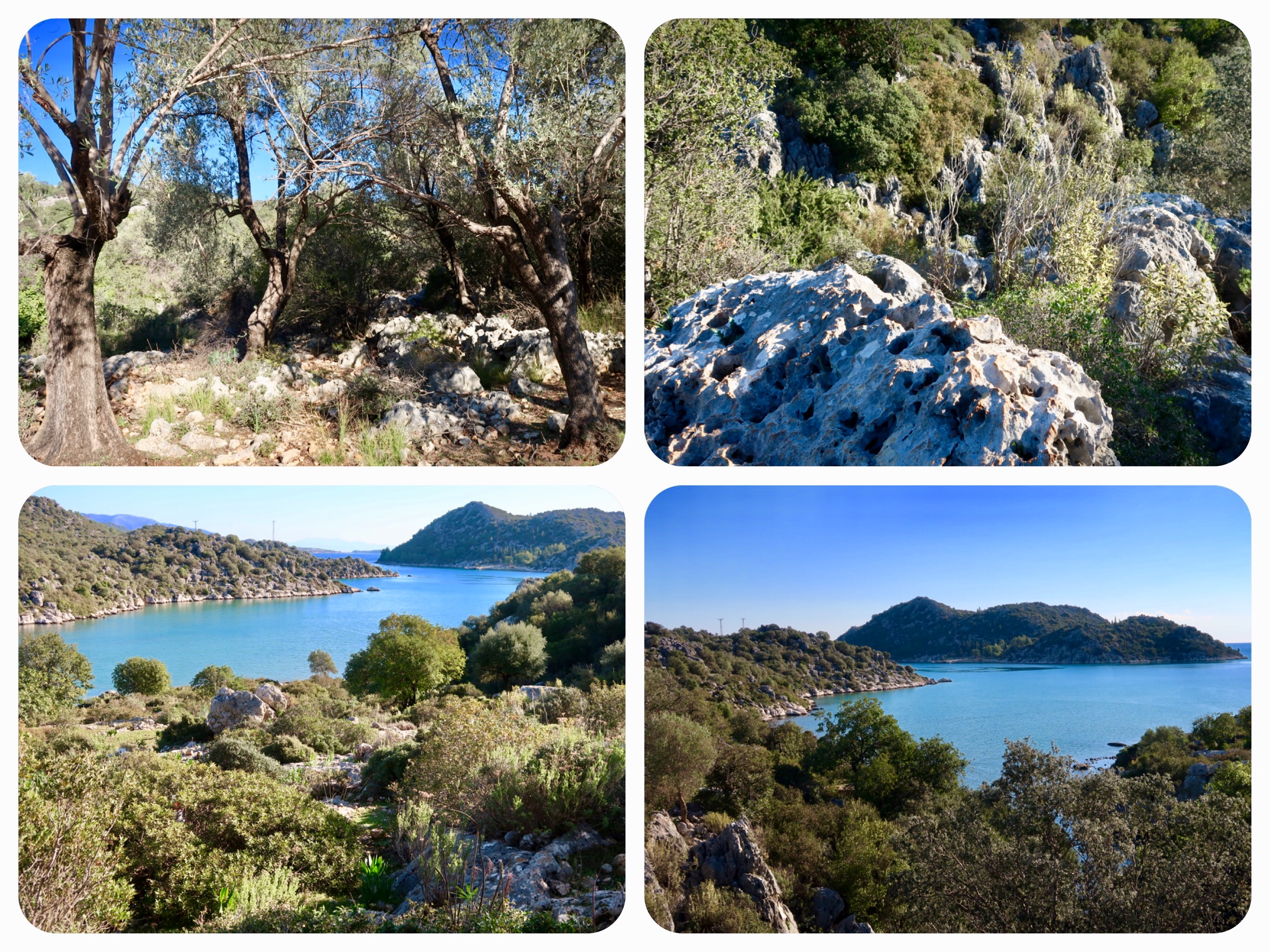
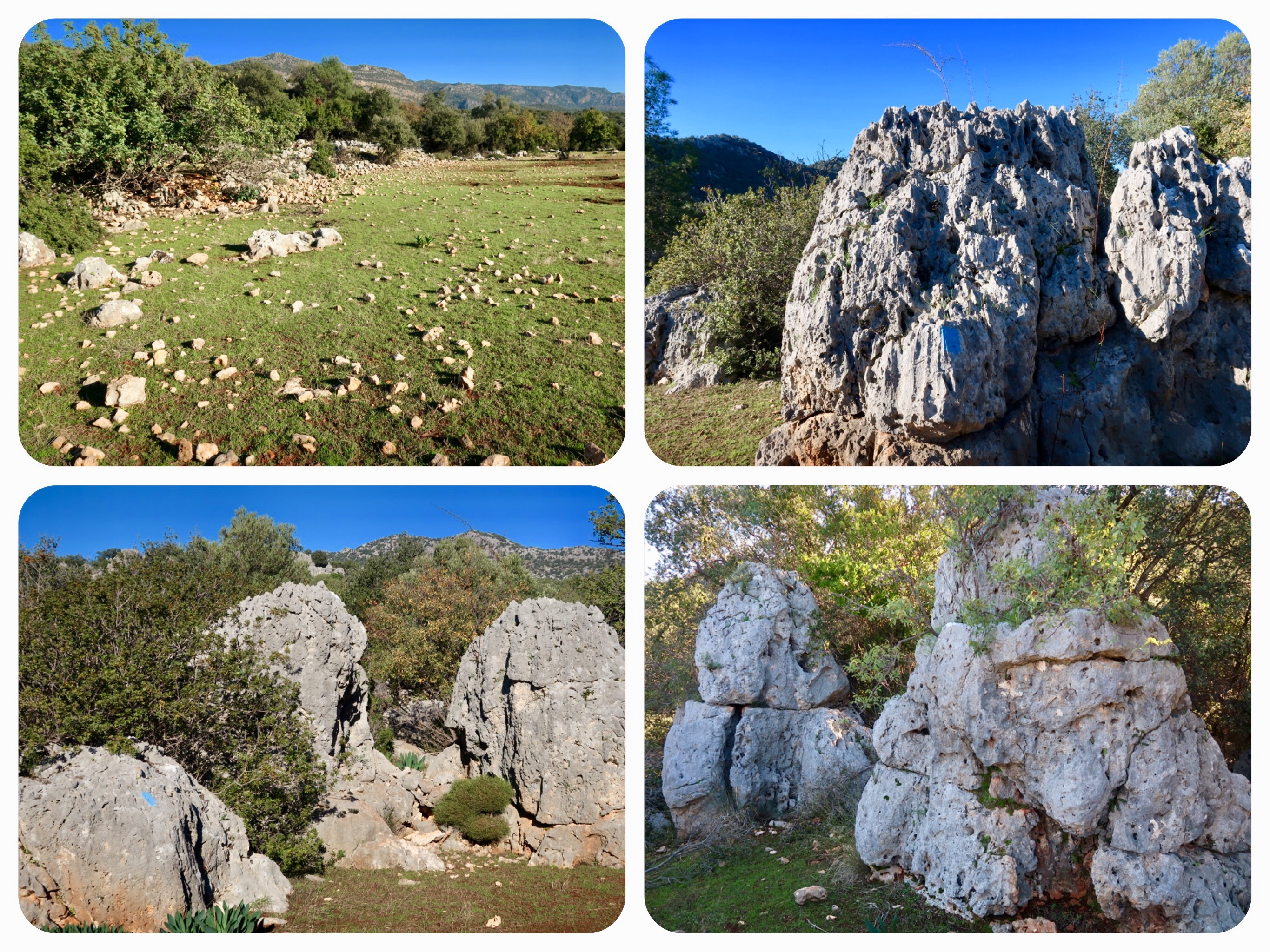
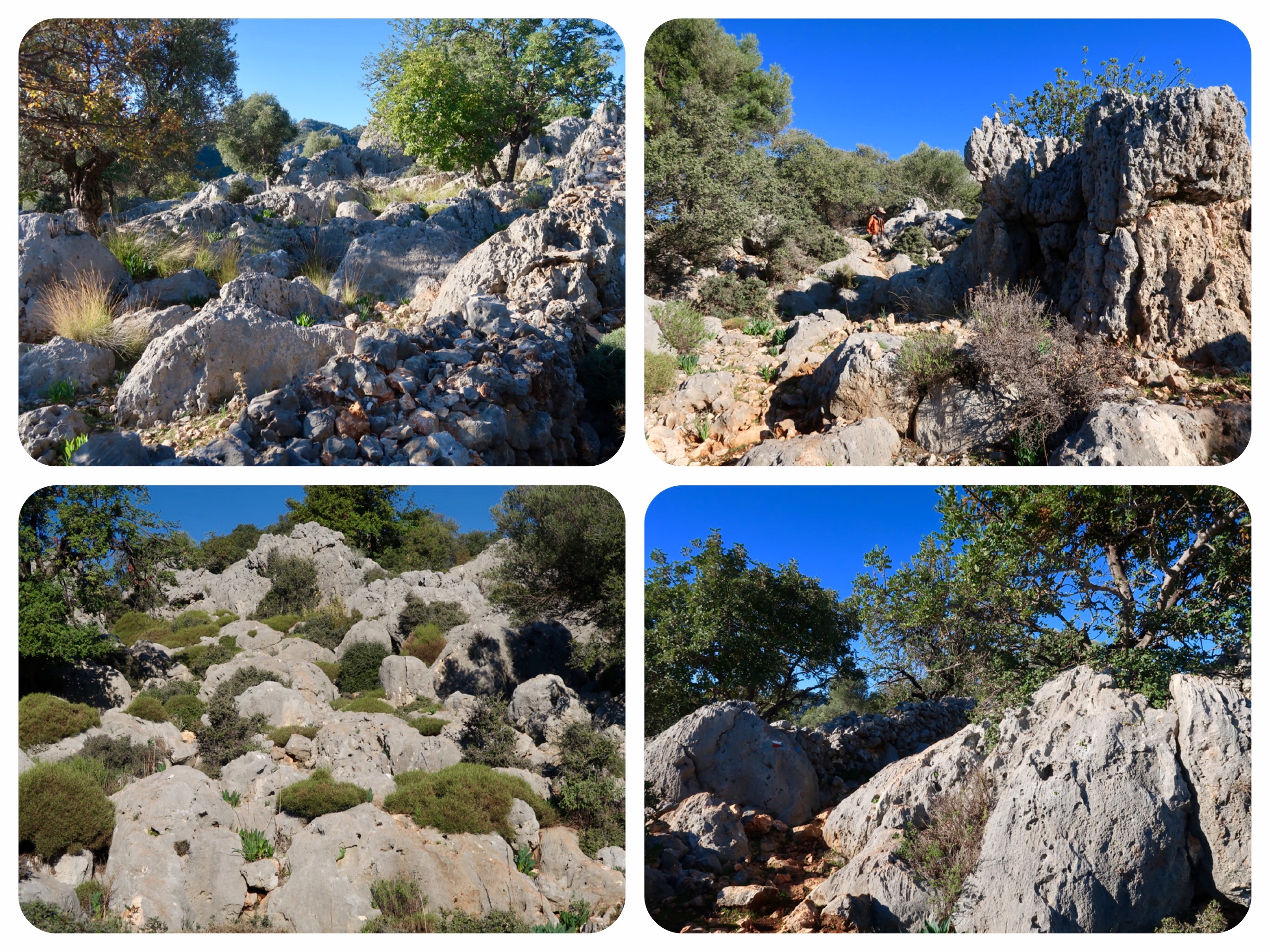
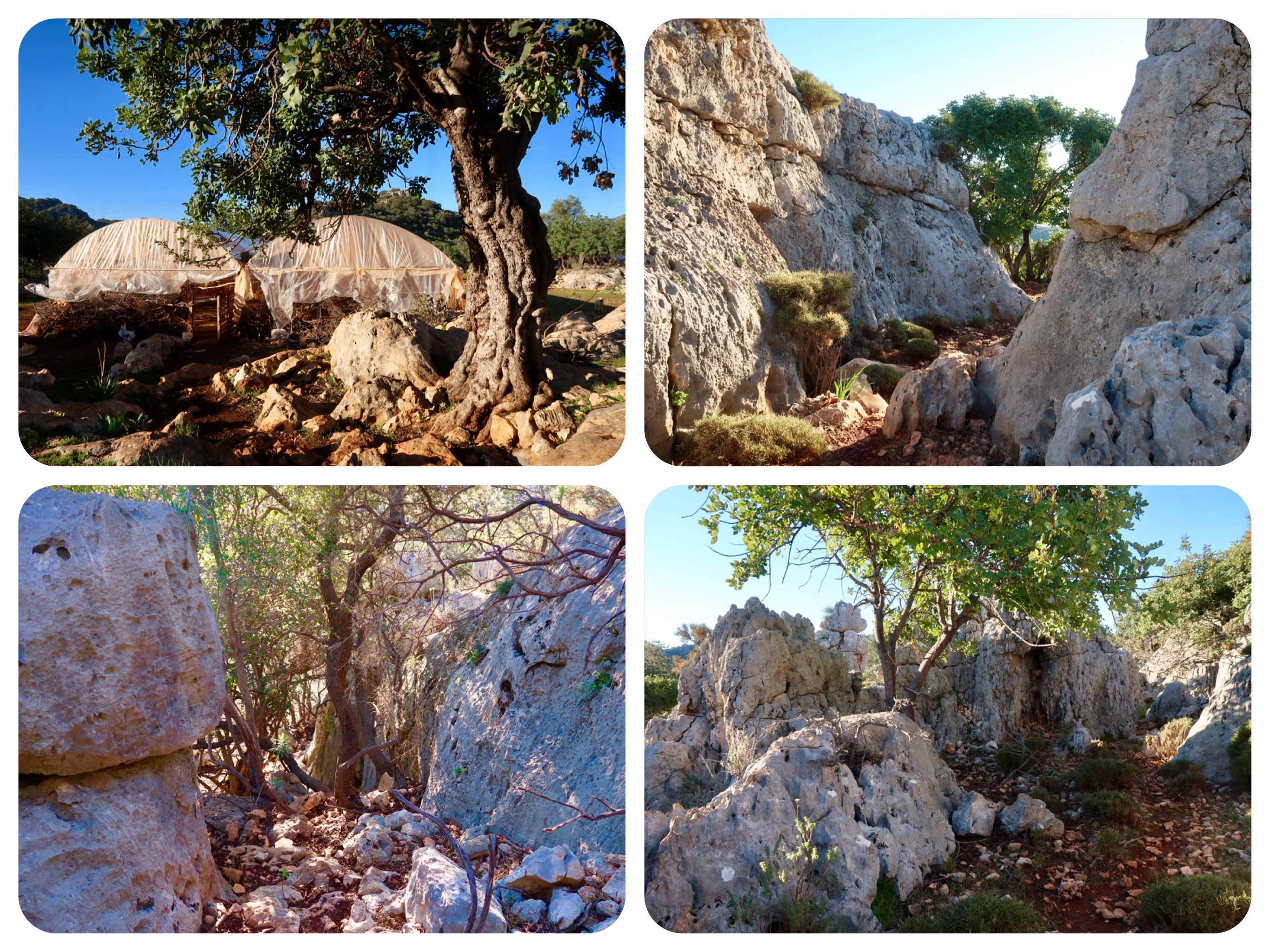
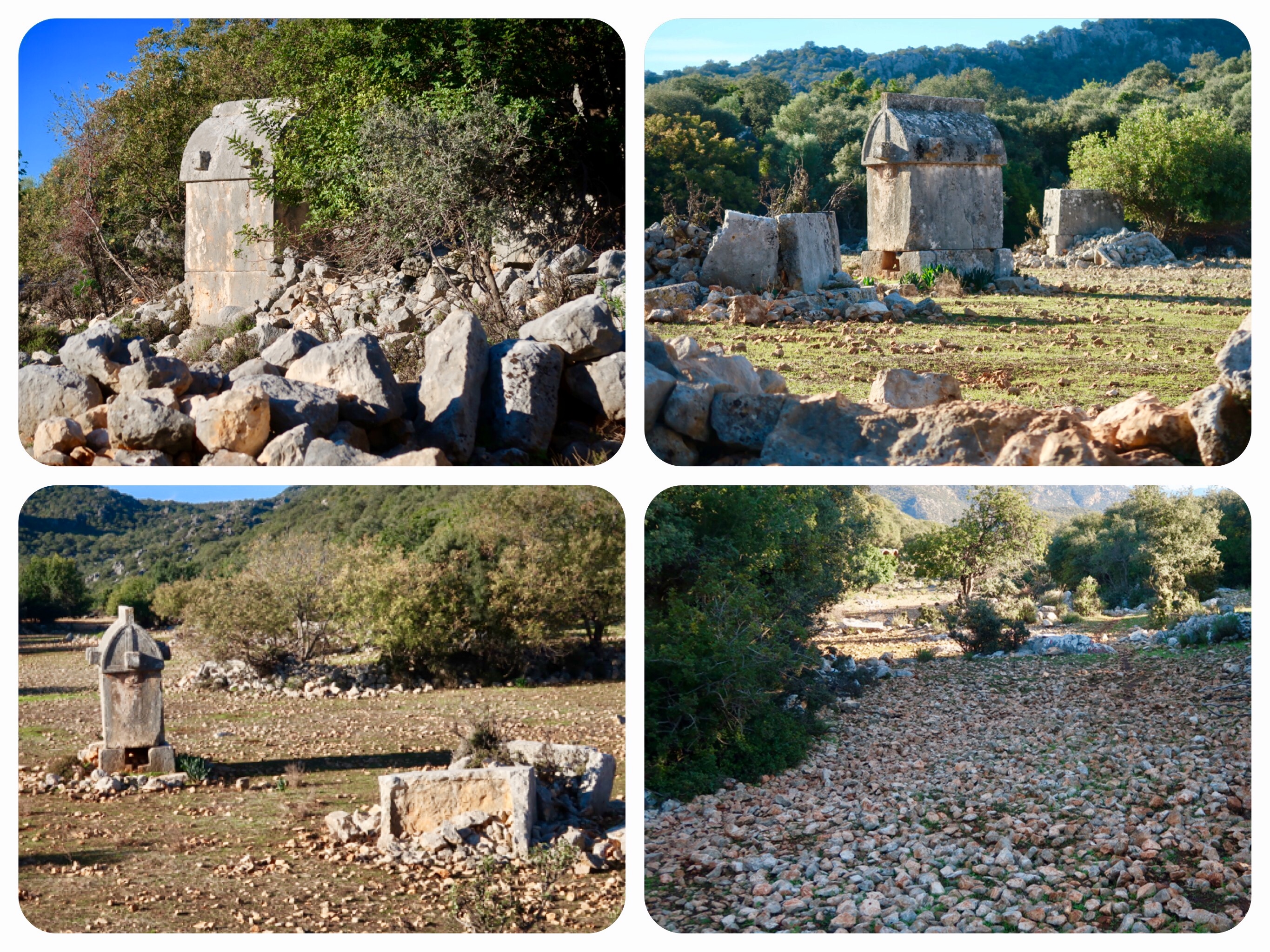
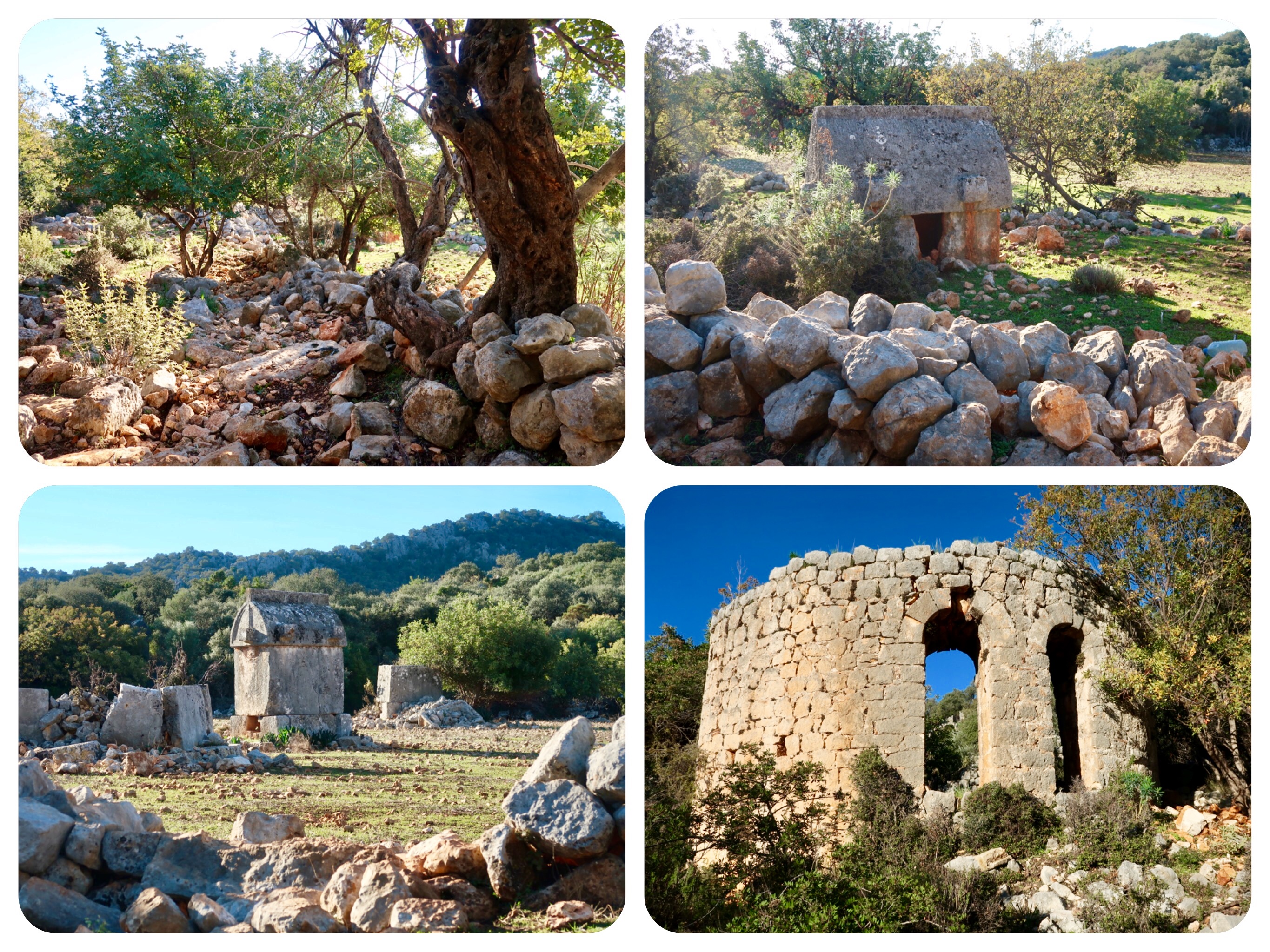
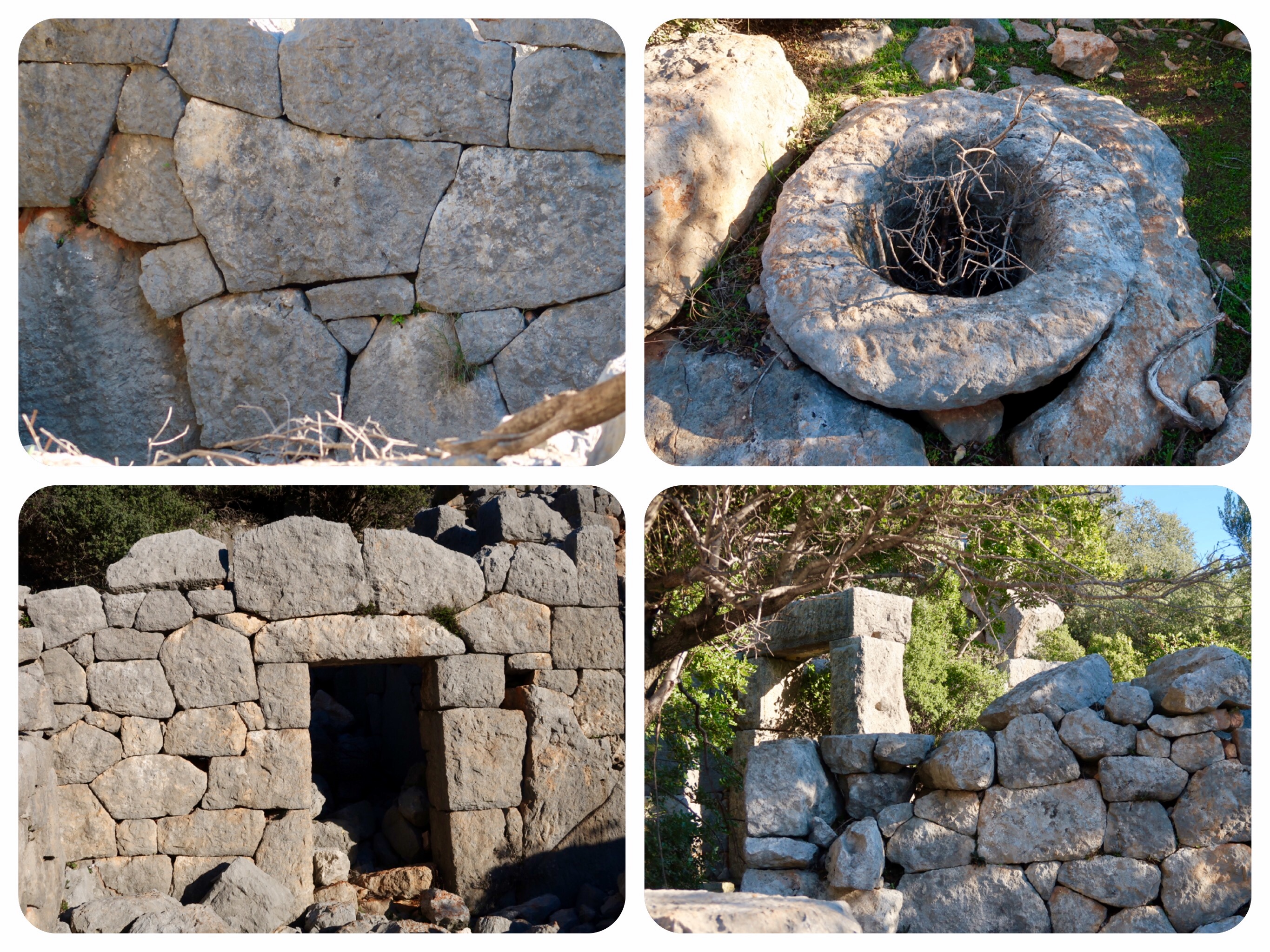
Hiking the Lycian Way, Turkey - Day 8 - Inişdibi to the ruins of Istlada and on to Myra, the best Lycian ruins on our trail and the home of Santa Claus
Süleyman was a lovely host.
This morning he made us breakfast and brought it to the patio on the second floor of his guesthouse, a stone house he built himself.
We sat eating a boiled egg, olives, tomatoes, feta cheese, bread and jam, facing the blue sea.
It was another lovely and sunny Mediterranean day.
It was hard to believe it is mid December now....
Still, we wore our rain coats at the start the day’s hike, not for rain protection but as windbreakers.
Soon after we started hiking, we took them off.
Süleyman called a friend and she came to give us a ride in her rusty car, to the village of Inişdibi, the beginning of today’s hiking trail.
The path started as a dirt trail between greenhouses.
Soon we headed towards the mountains, and the wide dirt trail became a rocky goat path.
We meandered up and down the goat path, full of olive and carob trees, thorny bushes and rocks, endless amounts of large boulders and rocks.
Our path passed by the remnants of the unknown city of Istlada, now in ruins.
Some of the city was perched up on a hill, requiring a long trek up the mountain, but some ruins, including a lovely church and stone door frames, were right on our path.
It was a spectacular hike.
Yes, it was very rocky and at times muddy from the rains, but it was very beautiful.
Our descent down the mountain was not very well marked, and we mostly relied on our GPS and the fabulous “Pocket Earth” app that has all the Lycian Way trails well marked on it.
On some days, I had no cell reception while we hiked in the remote mountains, but the GPS on the app was unfailingly accurate.
The terrain changed when we reached the sea.
We walked for awhile along the shore, but soon the path veered away from the sea and we walked inland.
We passed by the famous Smugglers Inn, a cafe, restaurant and disco with outdoor seating by the bay, but it was closed for the season.
Empty bottles stood on the bar, two flags from New Zealand decorated the wall.
Cleaning supplies and cutlery were still on the shelves.
The sign said: “Food and drinks available here....soon!”
The Lycian Way is mostly active between March - May and September -November.
The summer months of June- August are just too hot to hike, as there are many parts of the Way which offer no shade from the blazing sun.
We had hoped to have lunch along the way, but everything seemed closed.
We passed by the castle ruins of Simena, and then a tiny port town with a few guesthouses and restaurants, open in the high season.
The Castle was perched on top of a mountain above the sea, and below it was a shipyard.
The wooden boats were beautiful, some with immaculate decor.
In season, they are used as tour boats, taking tourists for a day cruise to the sunken cities, with lunch on board and swimming and snorkeling.
The marina is full of many dozens of these lovely boats.
We made it back to the fishing village of Üçağız in time for a late lunch.
We stopped at a fish restaurant and the guys tried to lure us to dine in their restaurant.
They promised fresh fish, chips and a salad.
I asked to see the fresh fish.
They opened the freezer and brought out six kinds of fish that were caught locally.
I pointed out to them that frozen fish is not fresh fish, and they said that out of season, the fishermen don’t go out to sea every day.
They said that the fish were caught only two days ago.
We decided to pass on the fish and just have a lunch of ice cream instead.
There is a small mini market right by the docks, so we bought some nice mulberry, vanilla, cherry and chocolate ice cream and sat enjoying the sea and the sun.
Around us the street dogs were barking, occasionally fighting each other and scaring the local street cat, who came to sit on our lap in fear for her life.
My feet felt tired after the days of very rocky hikes, even though today’s hike was not very long.
We collected our bags at the guesthouse, said thank you and goodbye to our host Süleyman, and met with the woman who was about to drive us along the coast to visit the ancient city of Myra, in Demre.
The coastal drive was beautiful.
I was sleepy from the hikes, and nodded on and off in the warmth of the car.
The driver drove a bit like a race car driver, taking the turns at high speed, giving other drivers a harsh look, when anyone looked at her with anger.
Twice during the hour long drive, every car on the road had to stop for a barricaded police patrol, checking for terrorists.
The driver handed over her ID card and driver’s license, and I handed over our passports.
This has happened to us before in Turkey, and the police have always been friendly, polite and efficient, returning our passports to us in seconds.
The ruins in Myra are the most beautiful we saw along the Lycian Way.
There was an ornate massive stone theater, with a vast staircase leading to the upper level.
The stone blocks were decorated with nymphs, angels, demons and gods.
The faces carved in stone were amazingly beautiful.
All the arches and stone door frames were ornately decorated with flowers, trees, leaves and Roman and Greek motifs.
On the cliffs behind the theater, there were rock tombs of different sizes, some beautifully decorated and others more simple.
They have all been broken into by grave robbers, but the cluster of rock tombs still looked awe inspiring.
Myra, which dates back to the 4th century BCE, looks like it once was a fabulous place, located on the sea, and crossed by a wide river which is fed by the mountains and cliffs towering above it.
Myra is also known for the Church of St. Nicholas, more commonly known as Santa Claus.
The true story of Santa Claus began with Nicholas, who was born during the third century in the village of Patara (which we just visited a few days ago) along the Mediterranean coast.
At the time, the Lycian area was under Greek occupation.
Nicholas’ wealthy parents raised him to be a devout Christian.
They both died in an epidemic while Nicholas was still young.
During his lifetime, Nicholas was known for his love of children and for his generosity.
He gave money to anyone who needed it.
At times, if he knew people would refuse his gift of money, he would throw a small bag of money through their open window at night.
This is what started the stories of Santa Claus sneaking into someone’s house at night and leaving gifts.
Local stories tell of many miracles that occurred during his lifetime, including a resurrection of three travelers who were murdered by an evil innkeeper who killed them and took their money.
Saint Nicolás prayed for the restoration of their bodies and they returned to life, fully whole and unharmed.
Saint Nicolás became the Bishop of Myra and during the era of Christian persecution, he was imprisoned.
He died in Myra and his tomb, still located in Myra, has became a popular place of pilgrimage.
Today, many Russian tourists come to Myra to pay their respects to Santa Claus.
Many signs in cafes, shops and restaurants all over the city are In Russian, as well as Turkish and English.
It was nighttime when we reached the small village of Çıralı (pronounced Chiralė).
We were given a spacious. round wooden cabin with good heat, a bathroom, lots of light and a clean bed.
We ate dinner with the family by their toasty heating stove.
They served us mashed potatoes with butter, lentil soup, a big salad, and a dish of onions, eggplant and peppers, in a chunky fresh tomato sauce.
For dessert we had home made yogurt with honey and a Turkish Chai.
Good night and blessings to you,
Tali
Today’s Stats:
Walking time 5 hours
Active walking time 4 hours
Steps 19,539
Kilometers walked 14.5
Overnight in the remote fishing village of Çıralı
In the Şahin pension